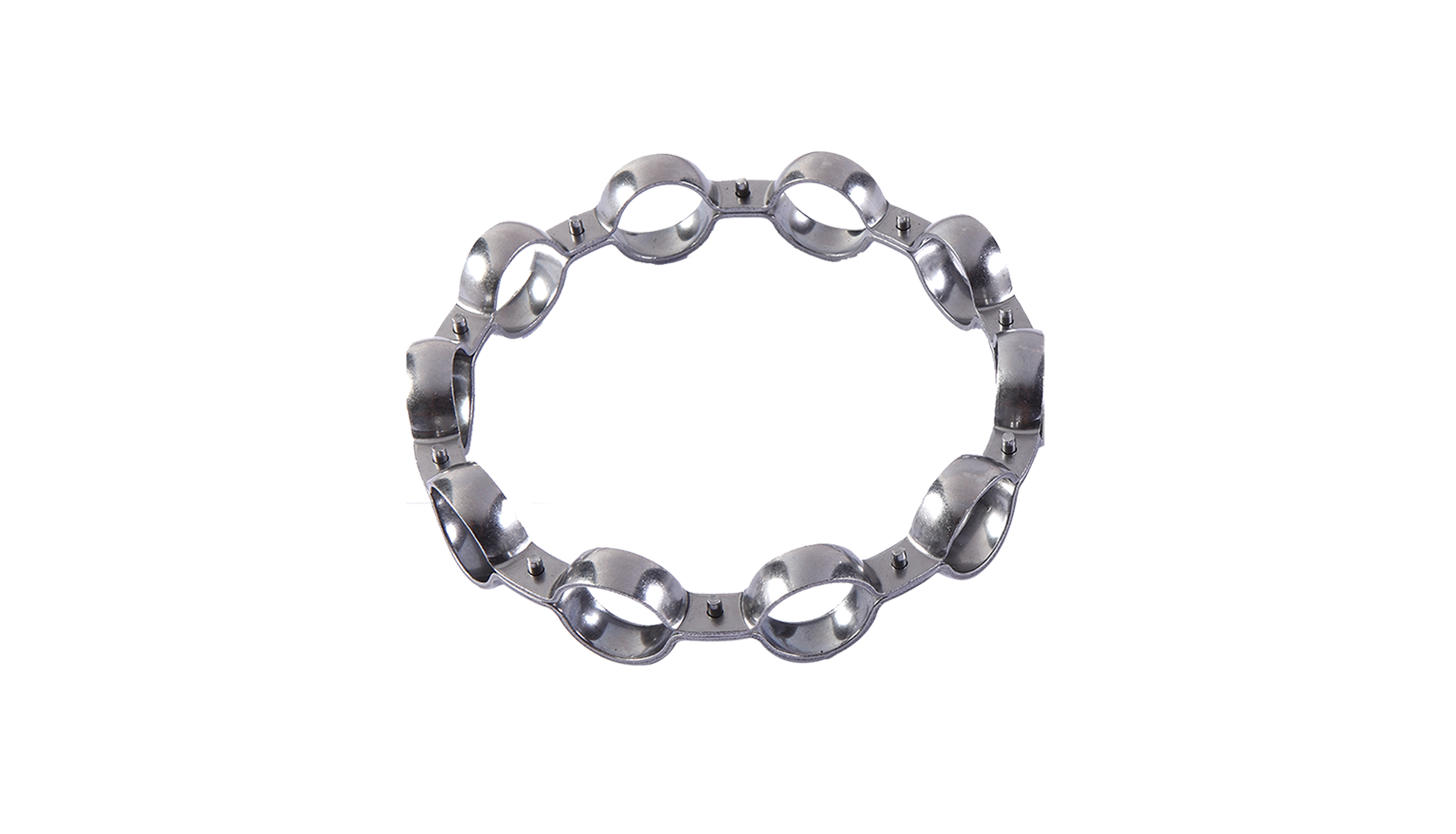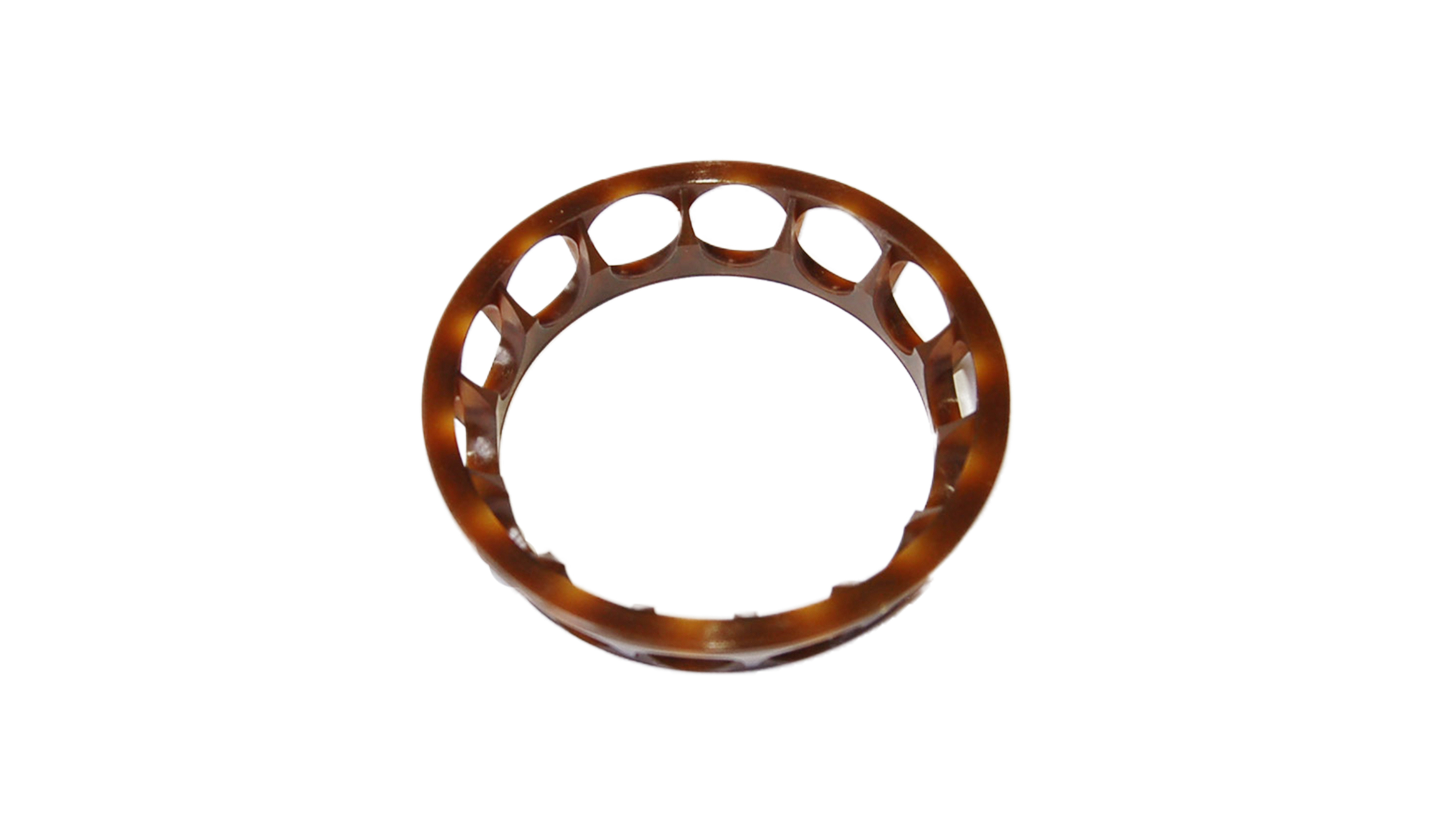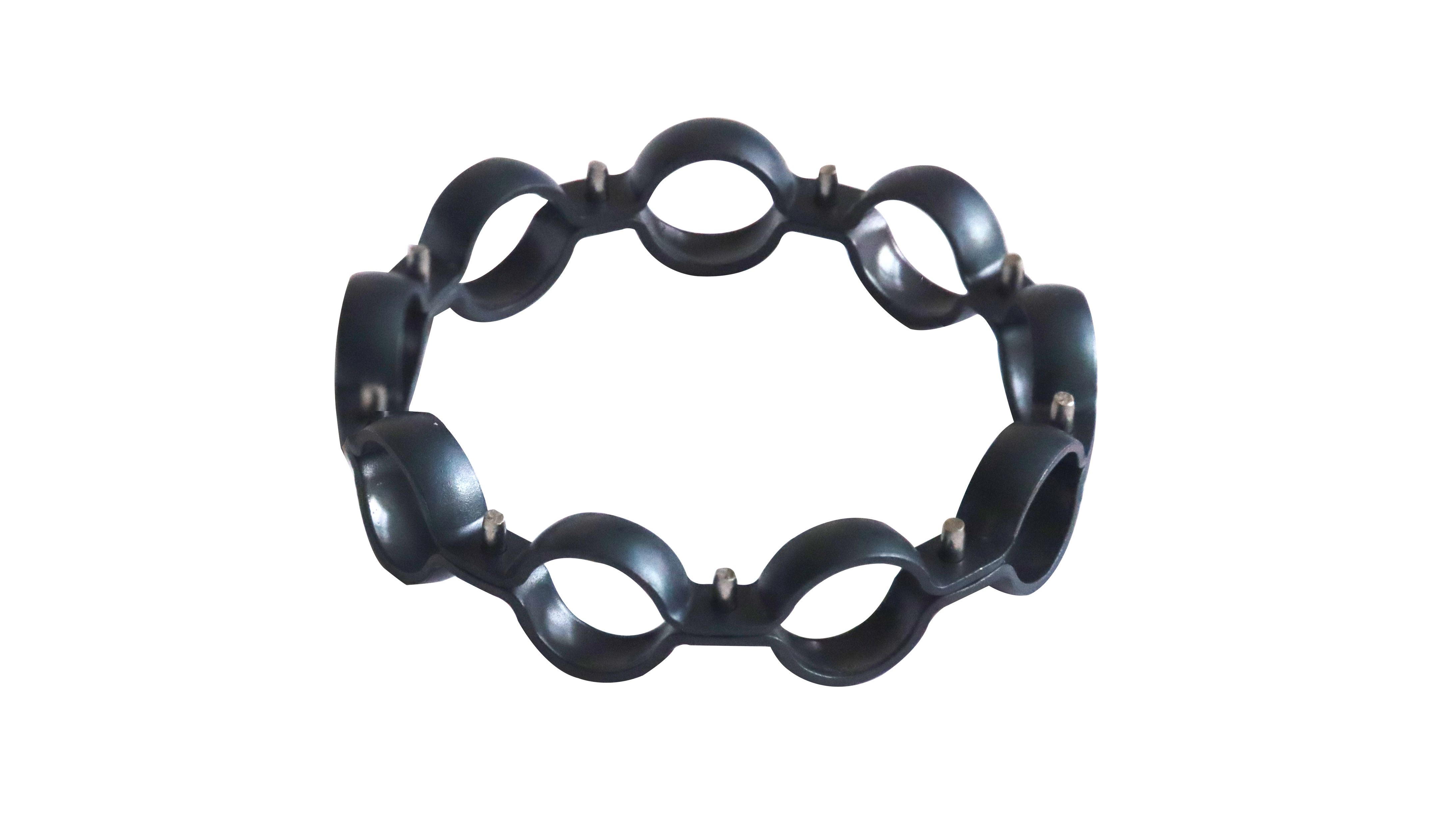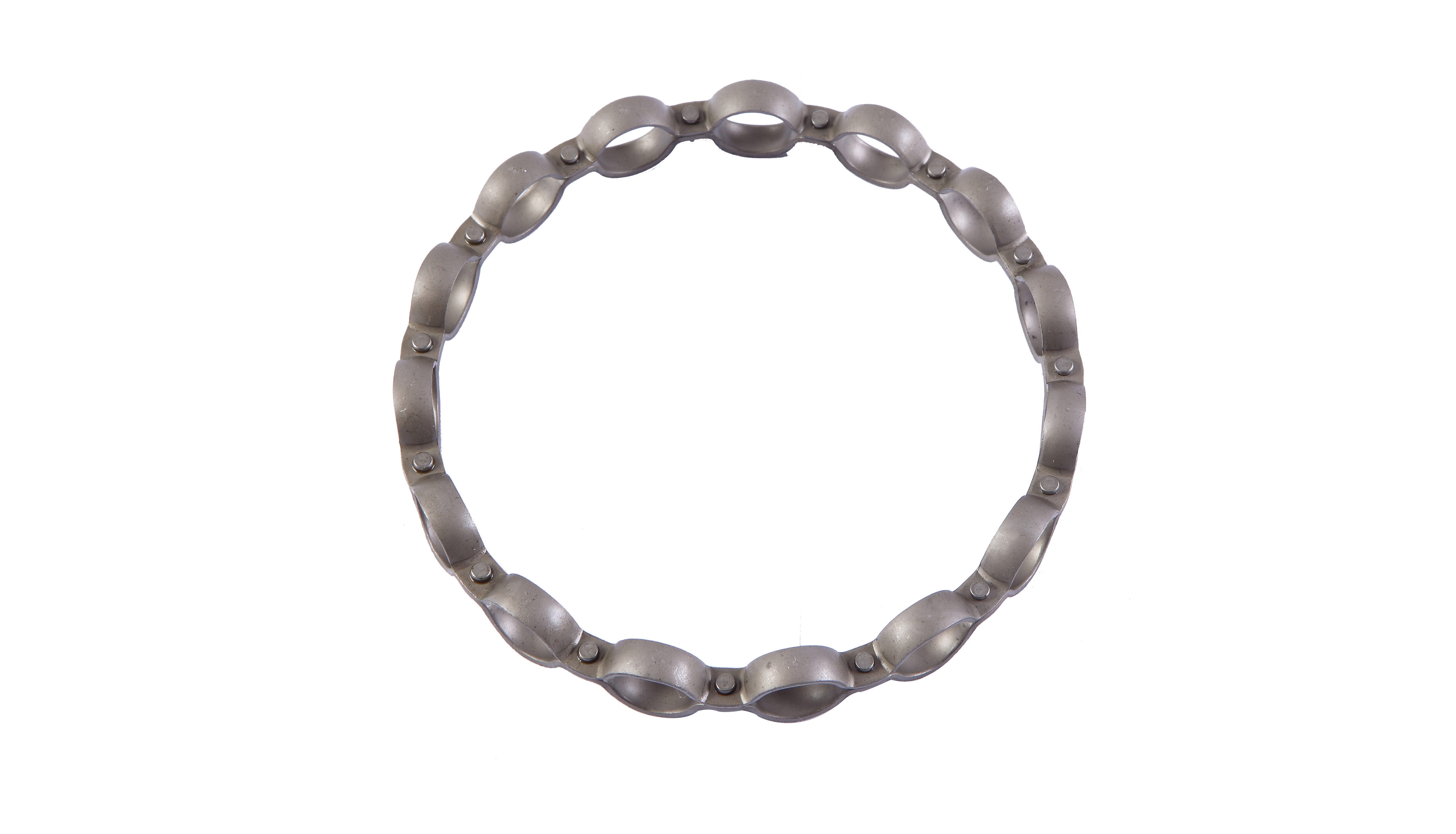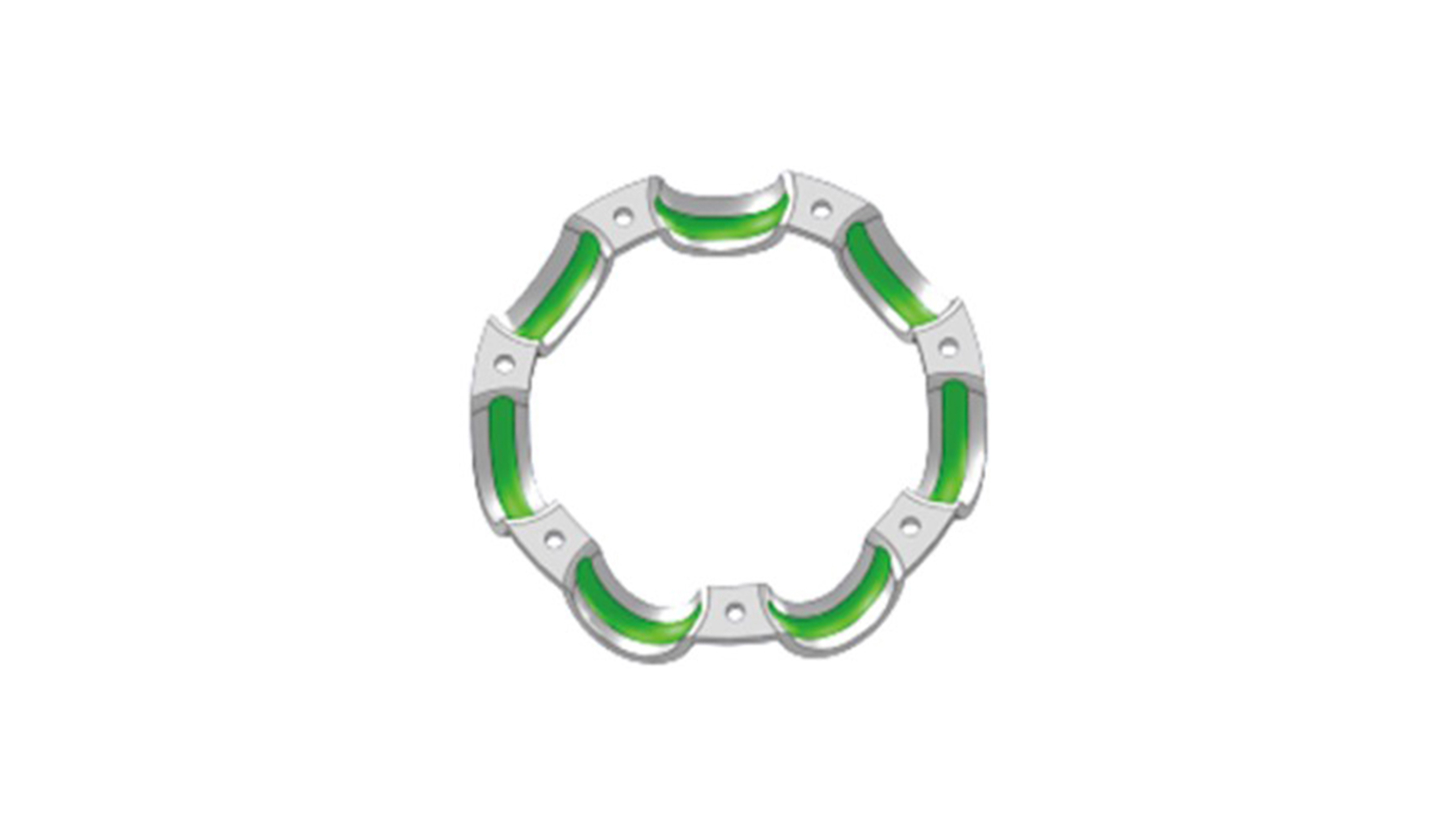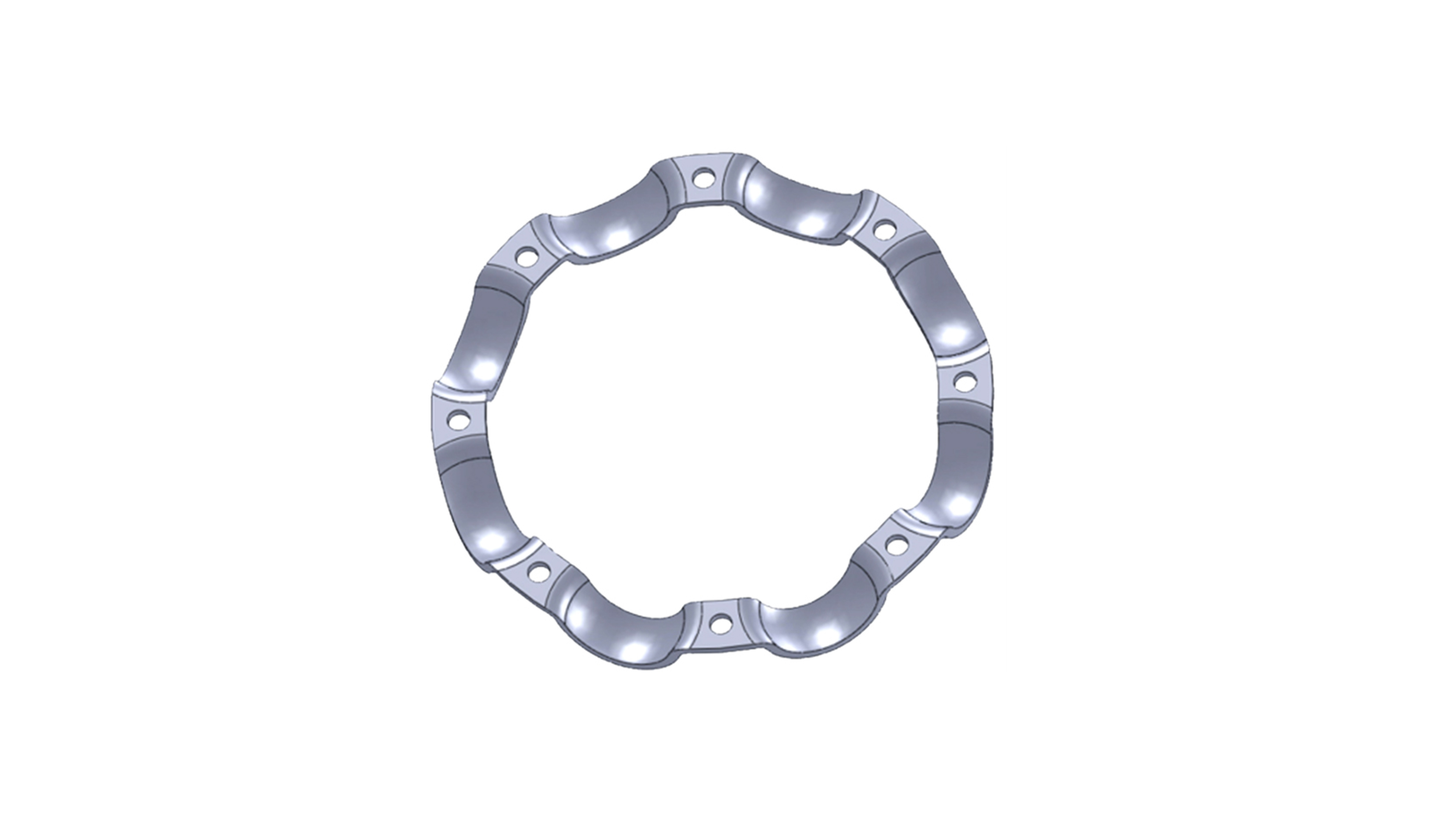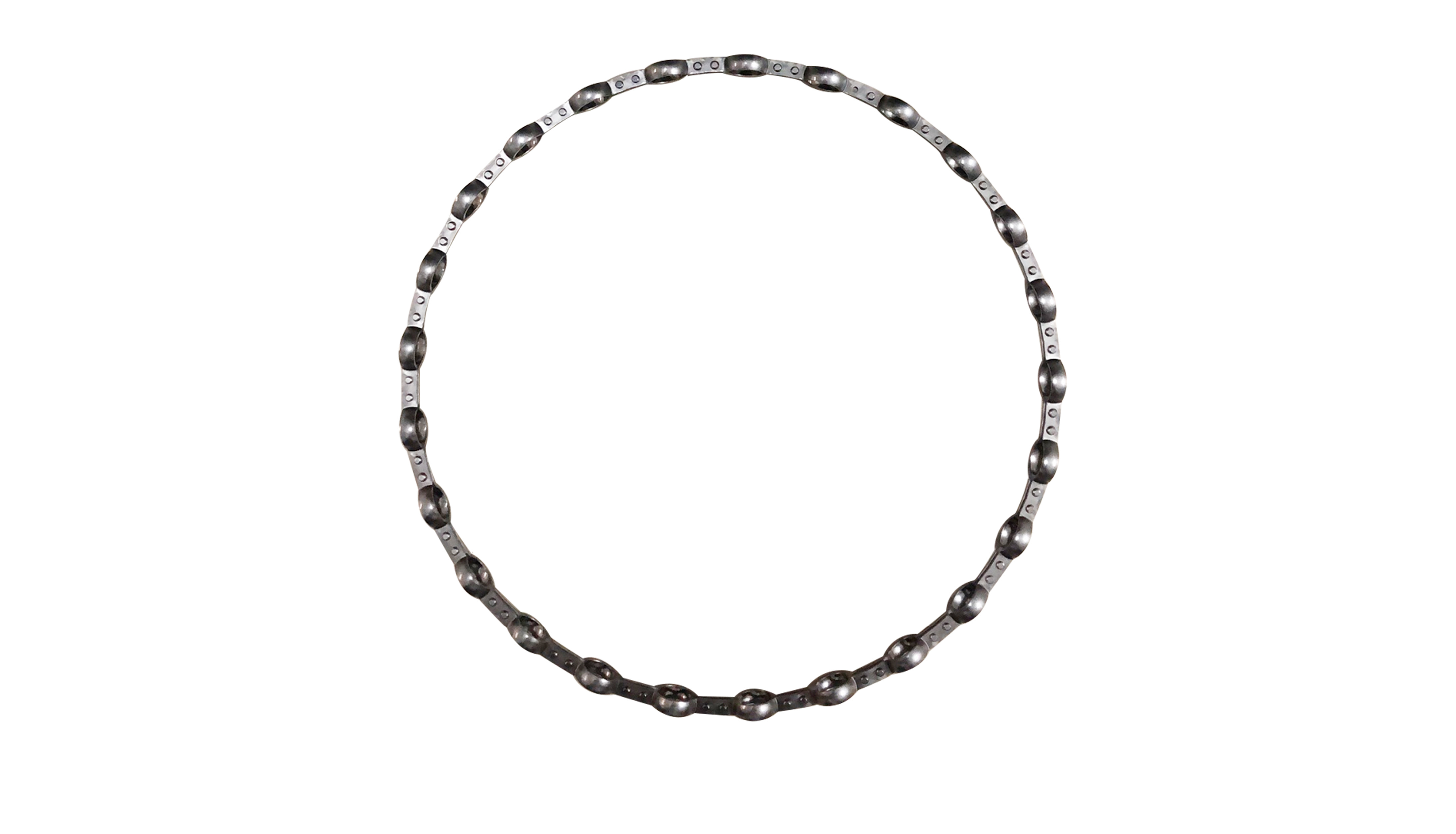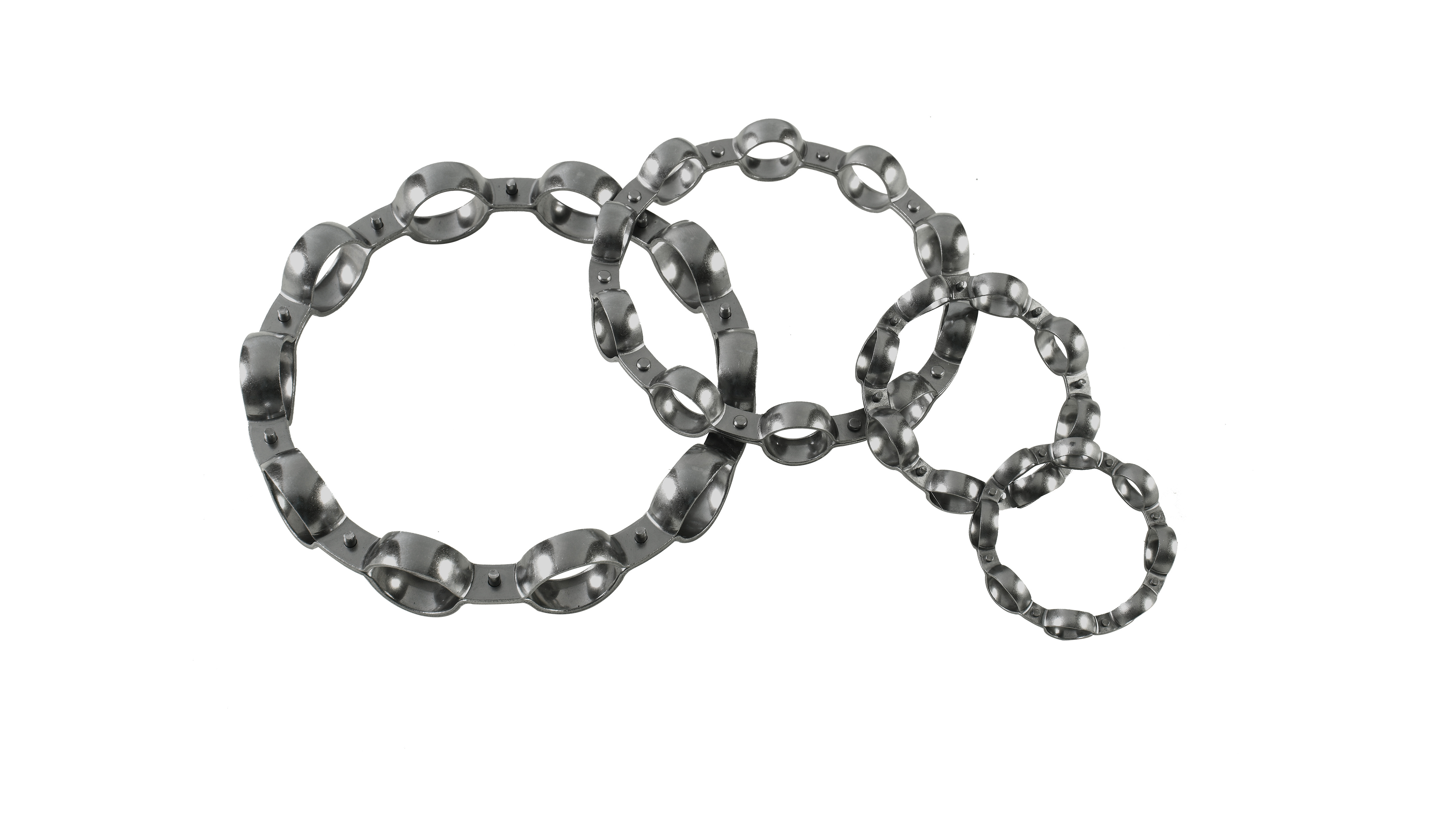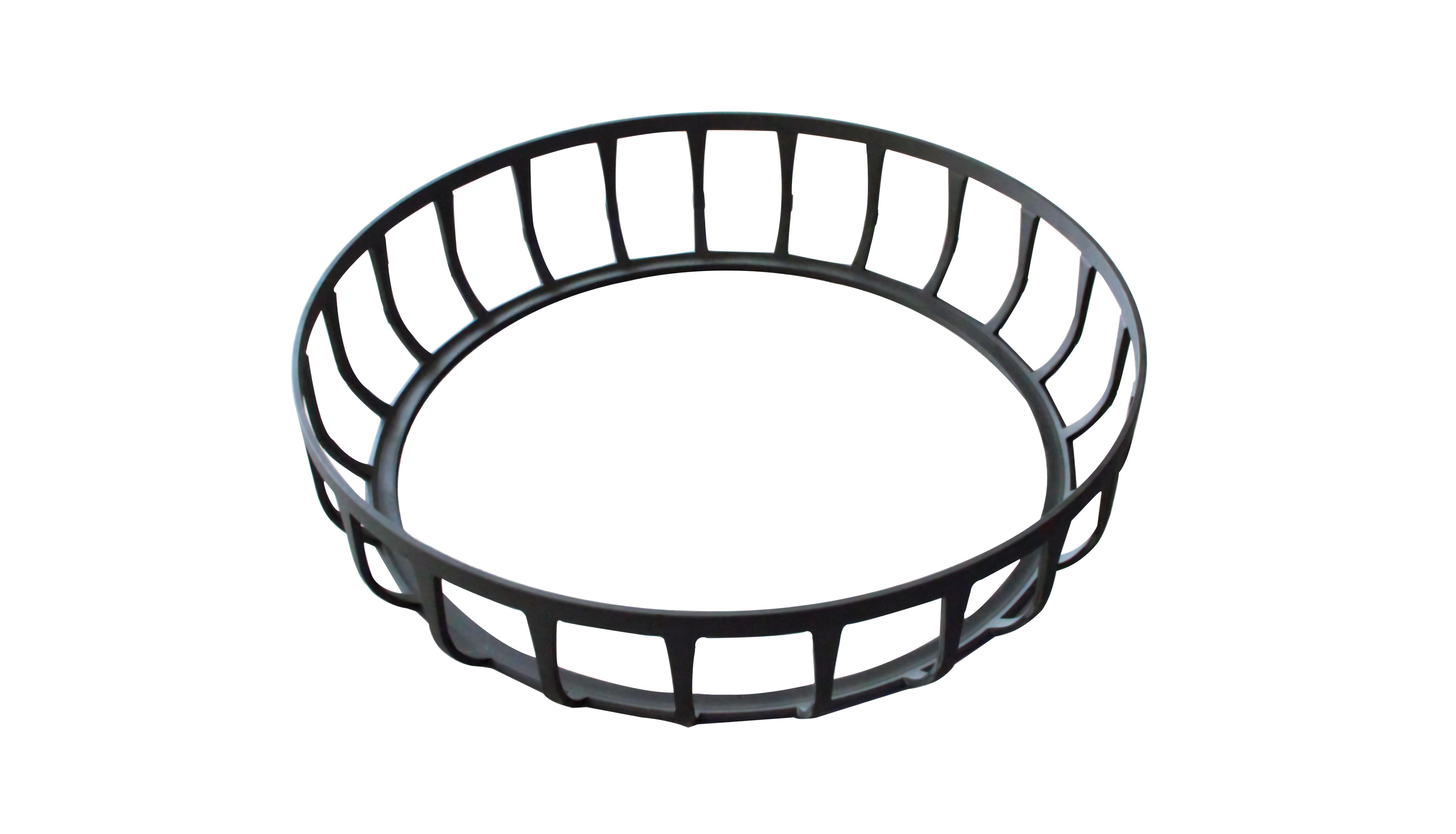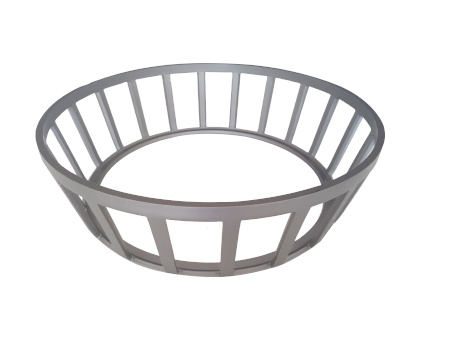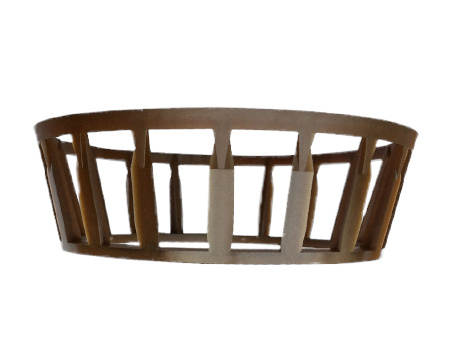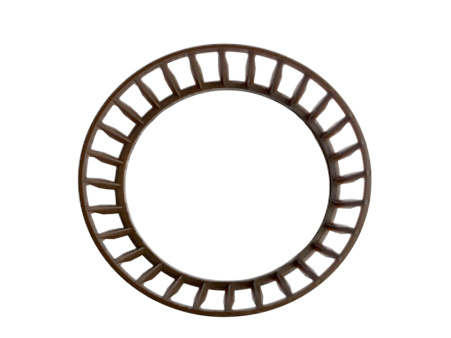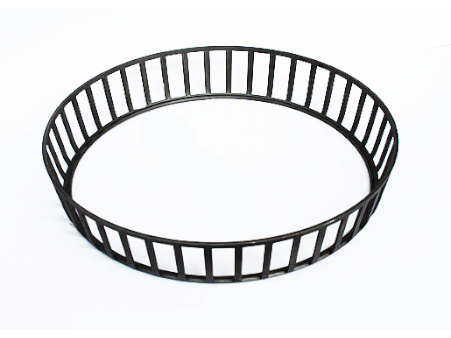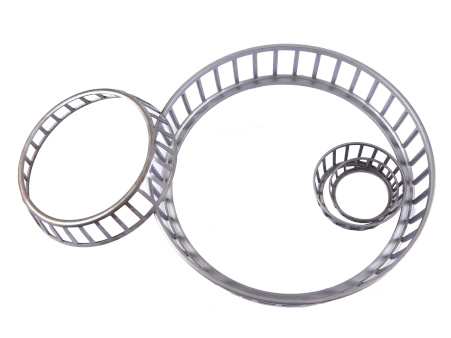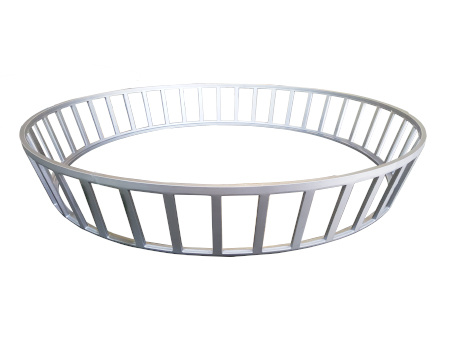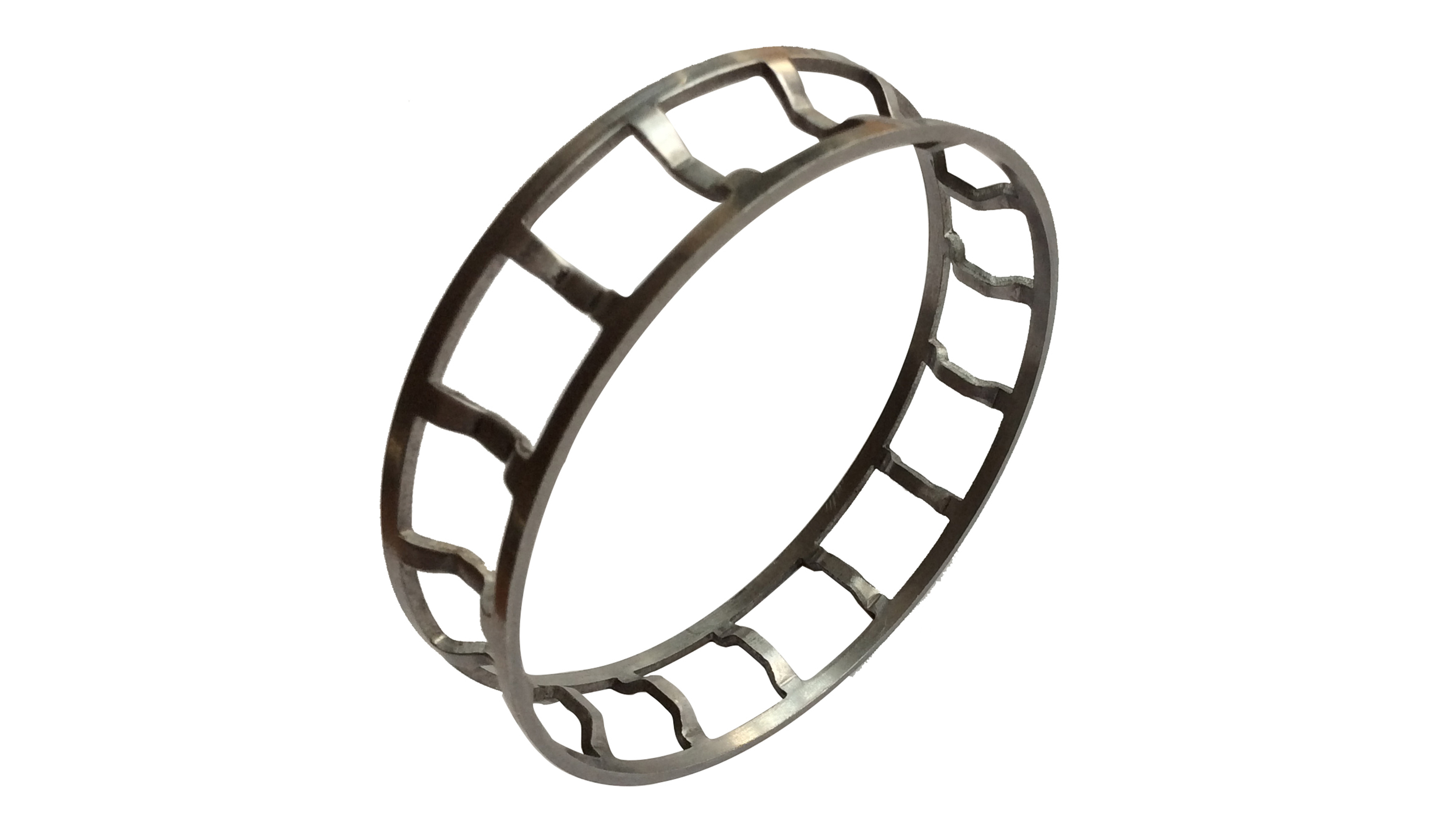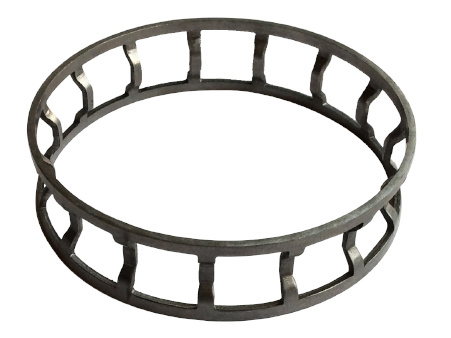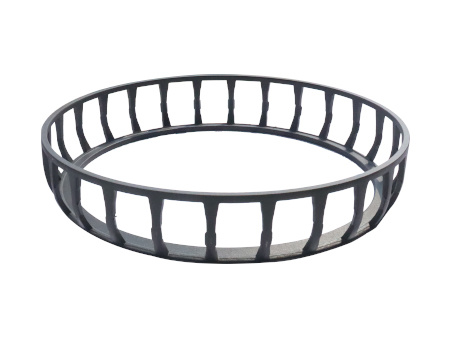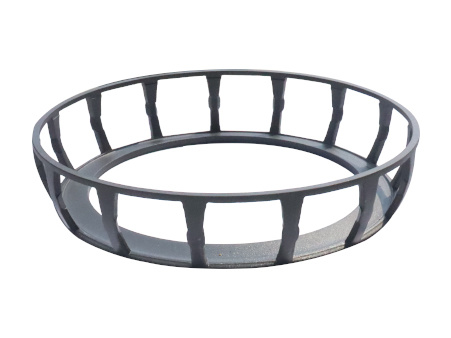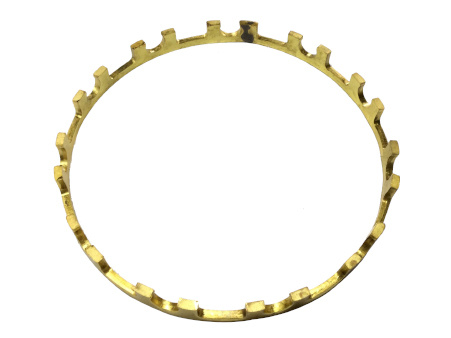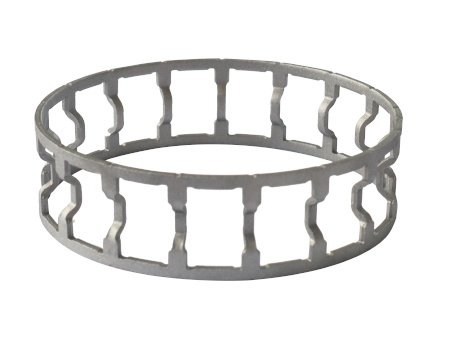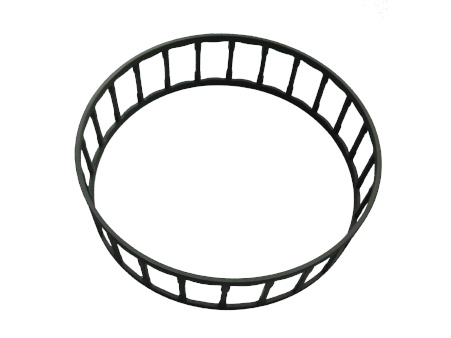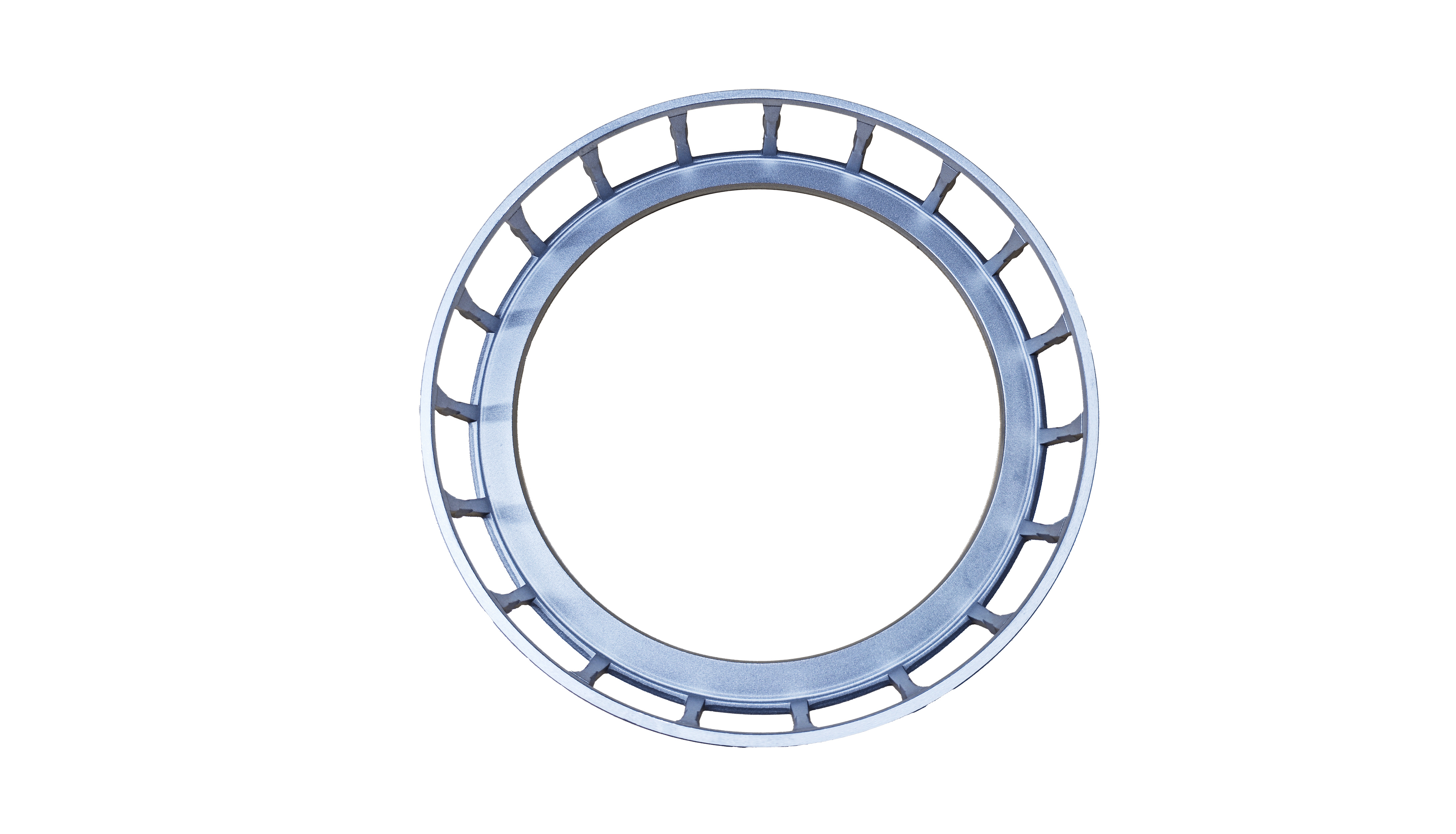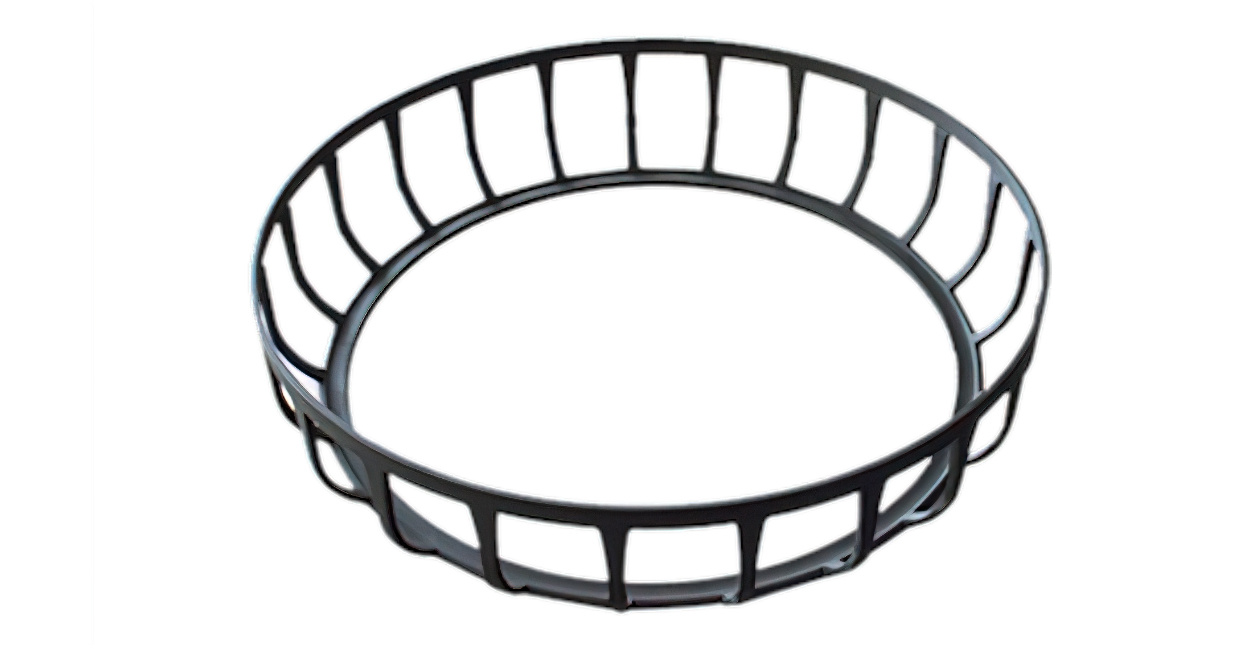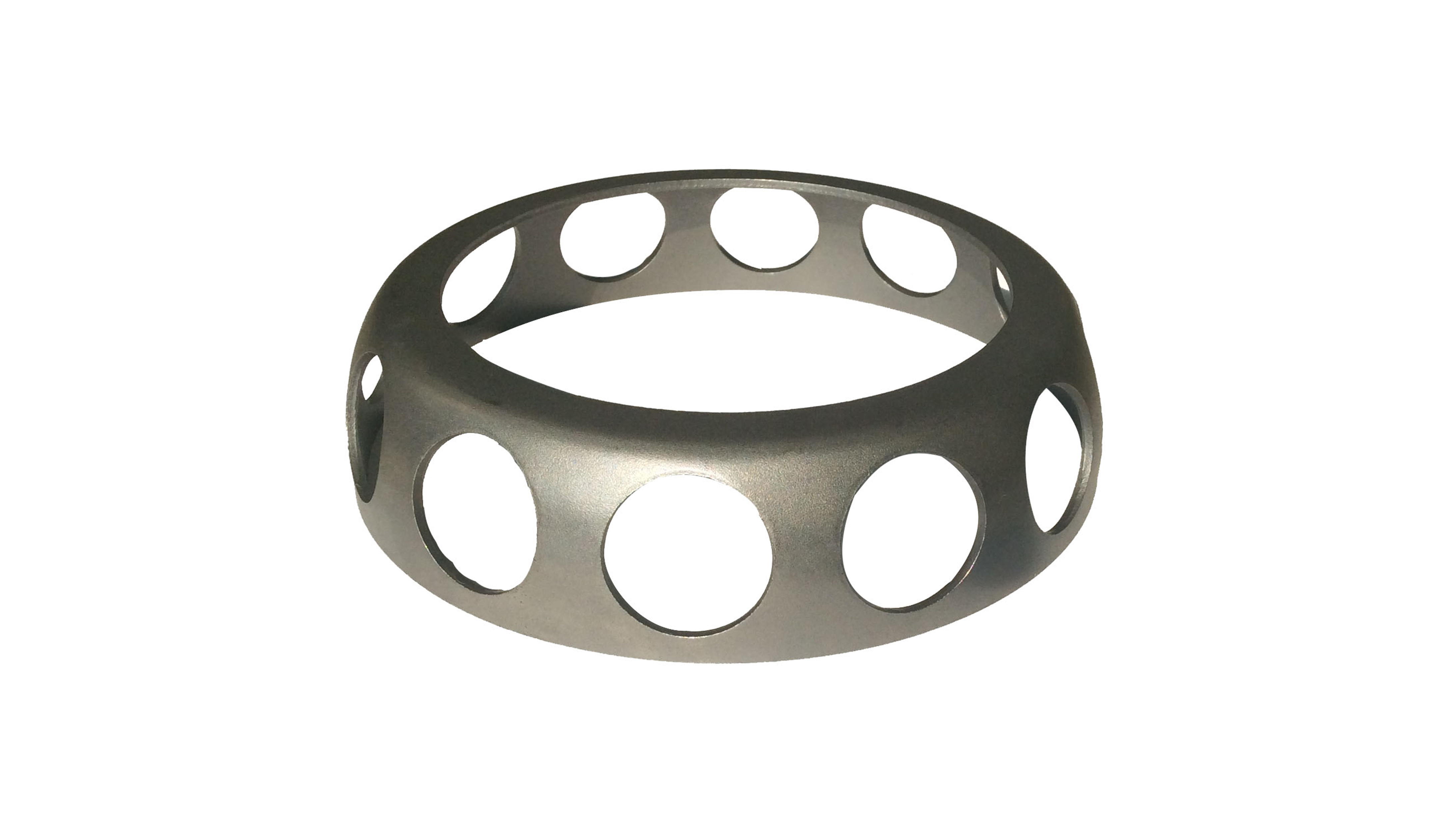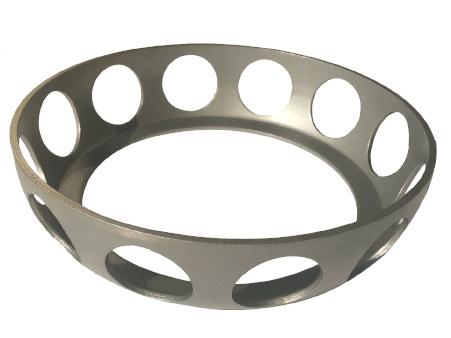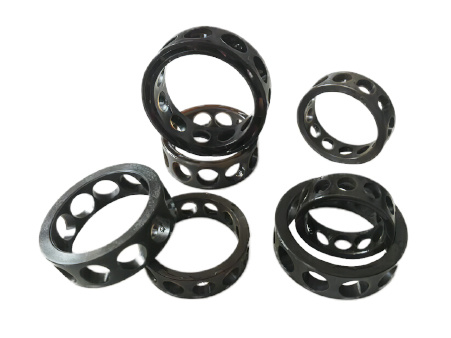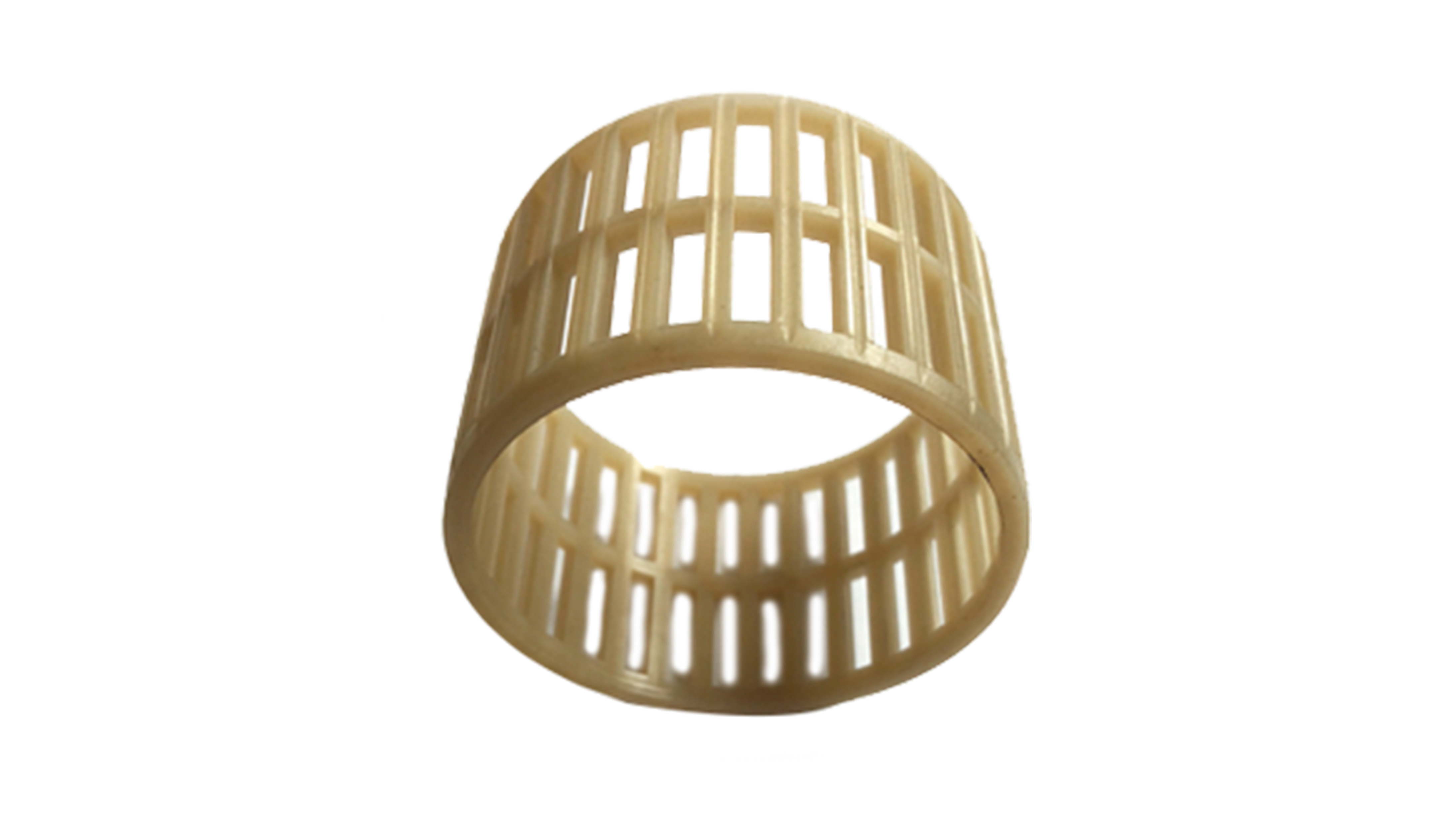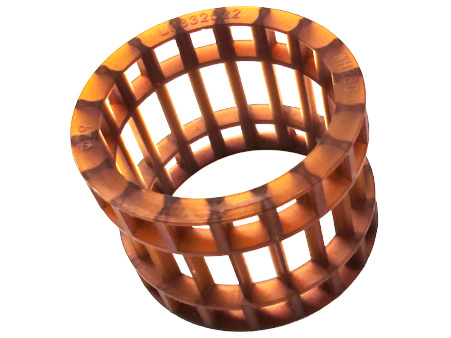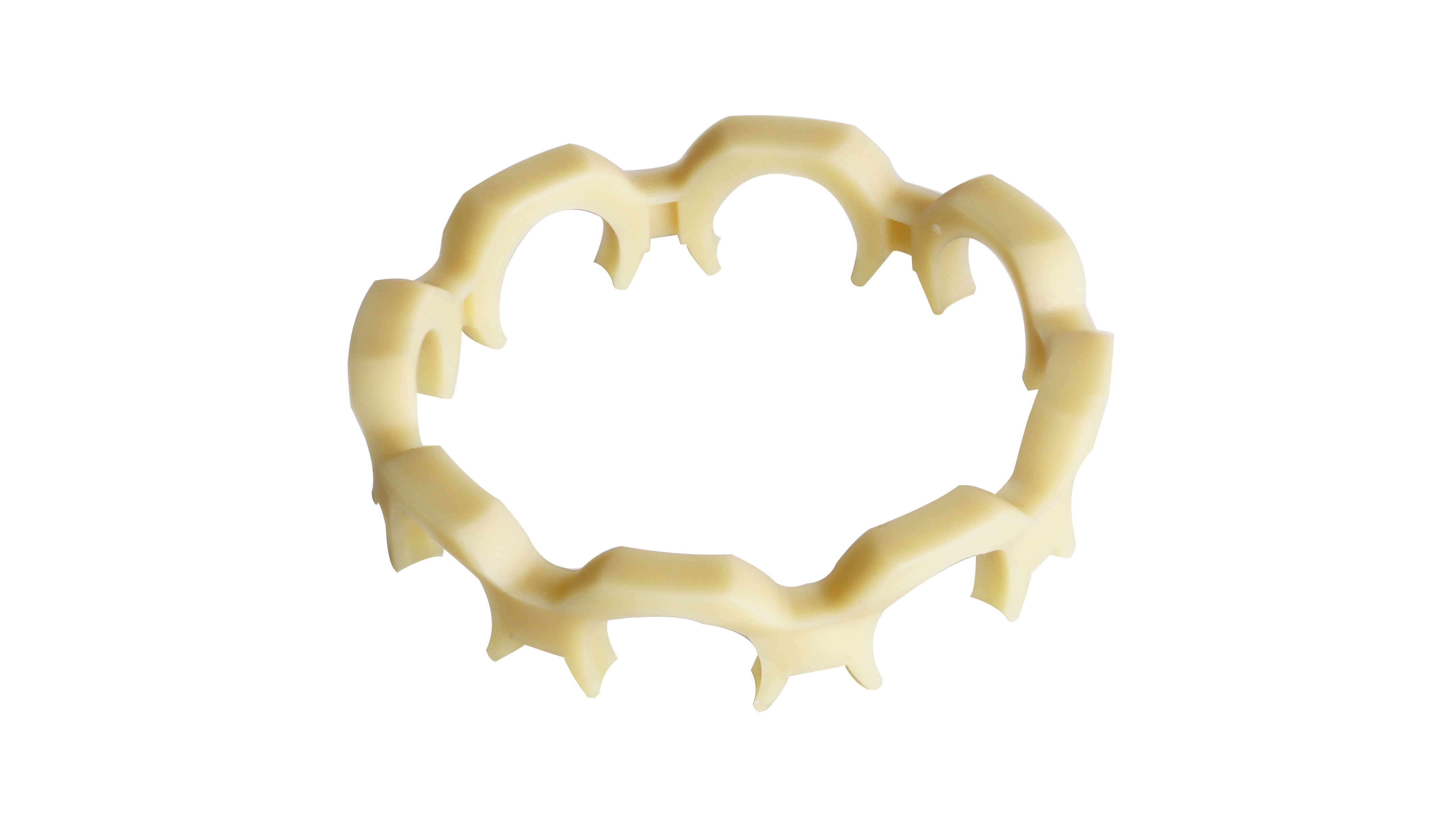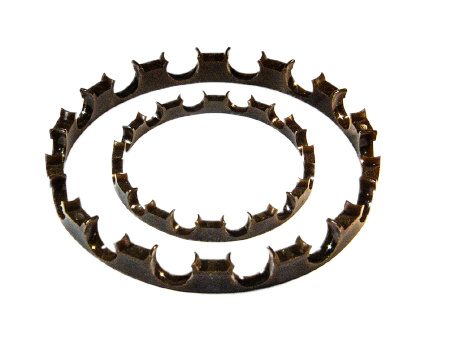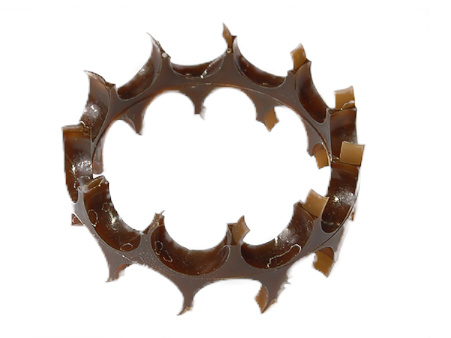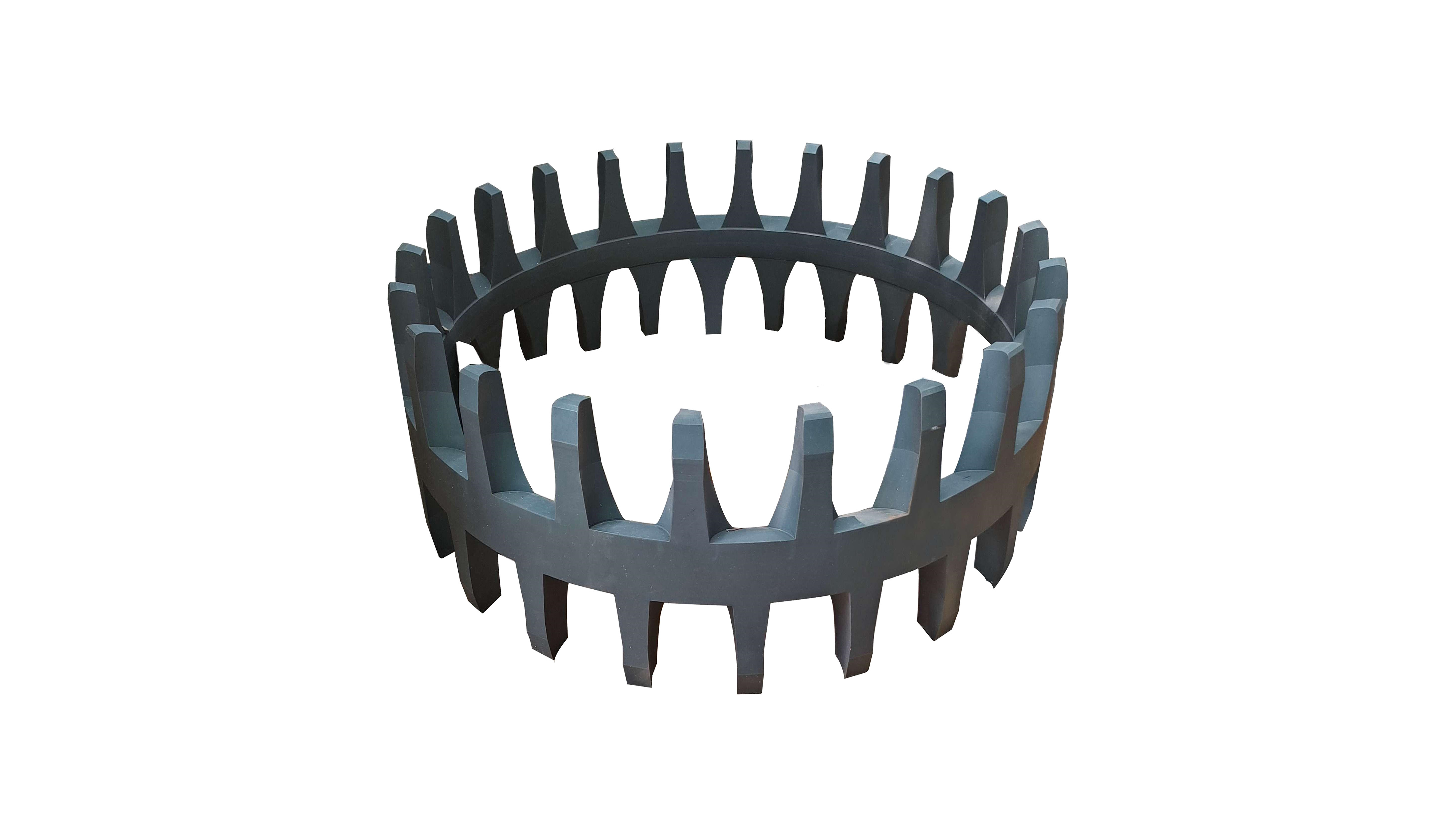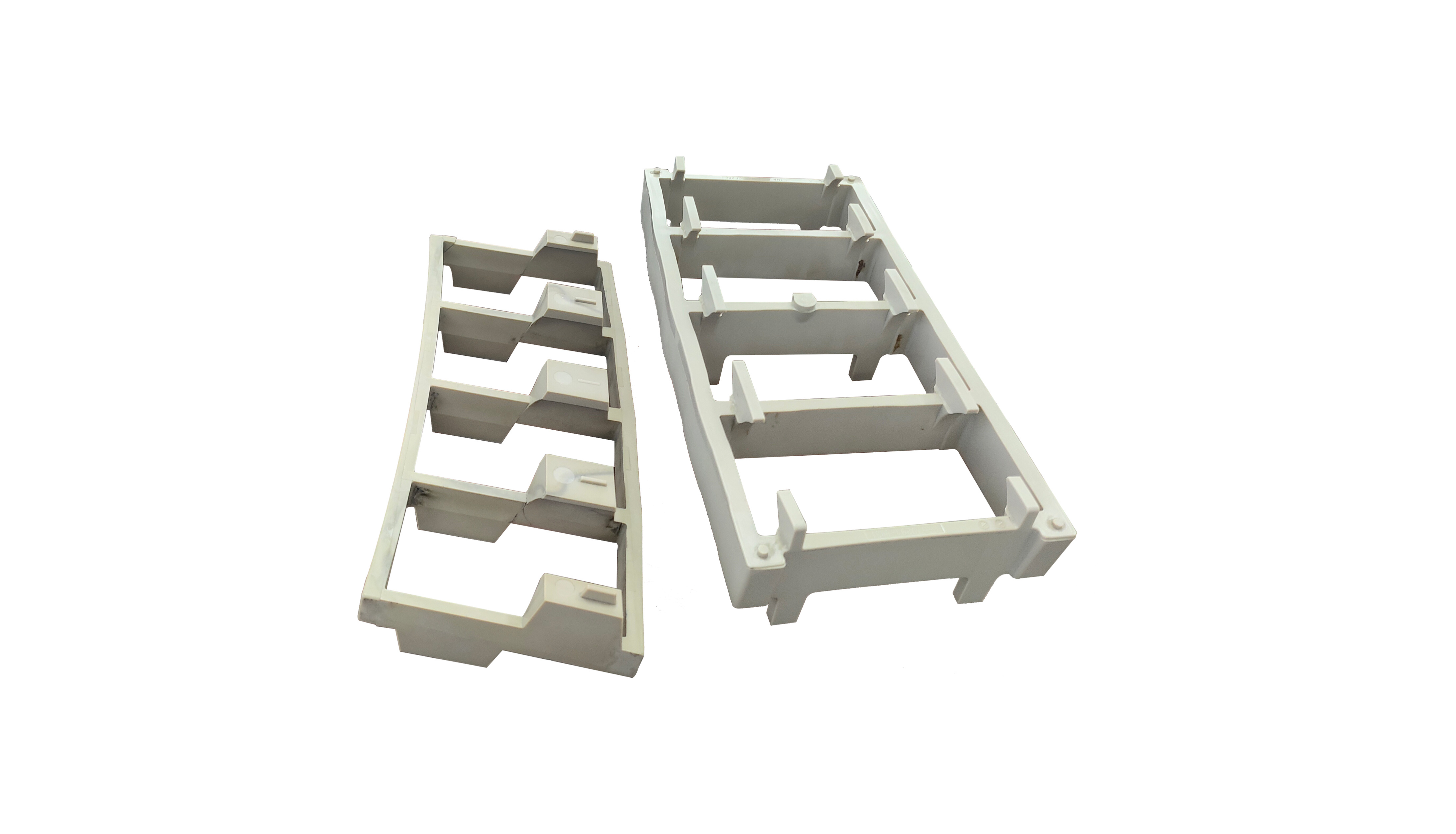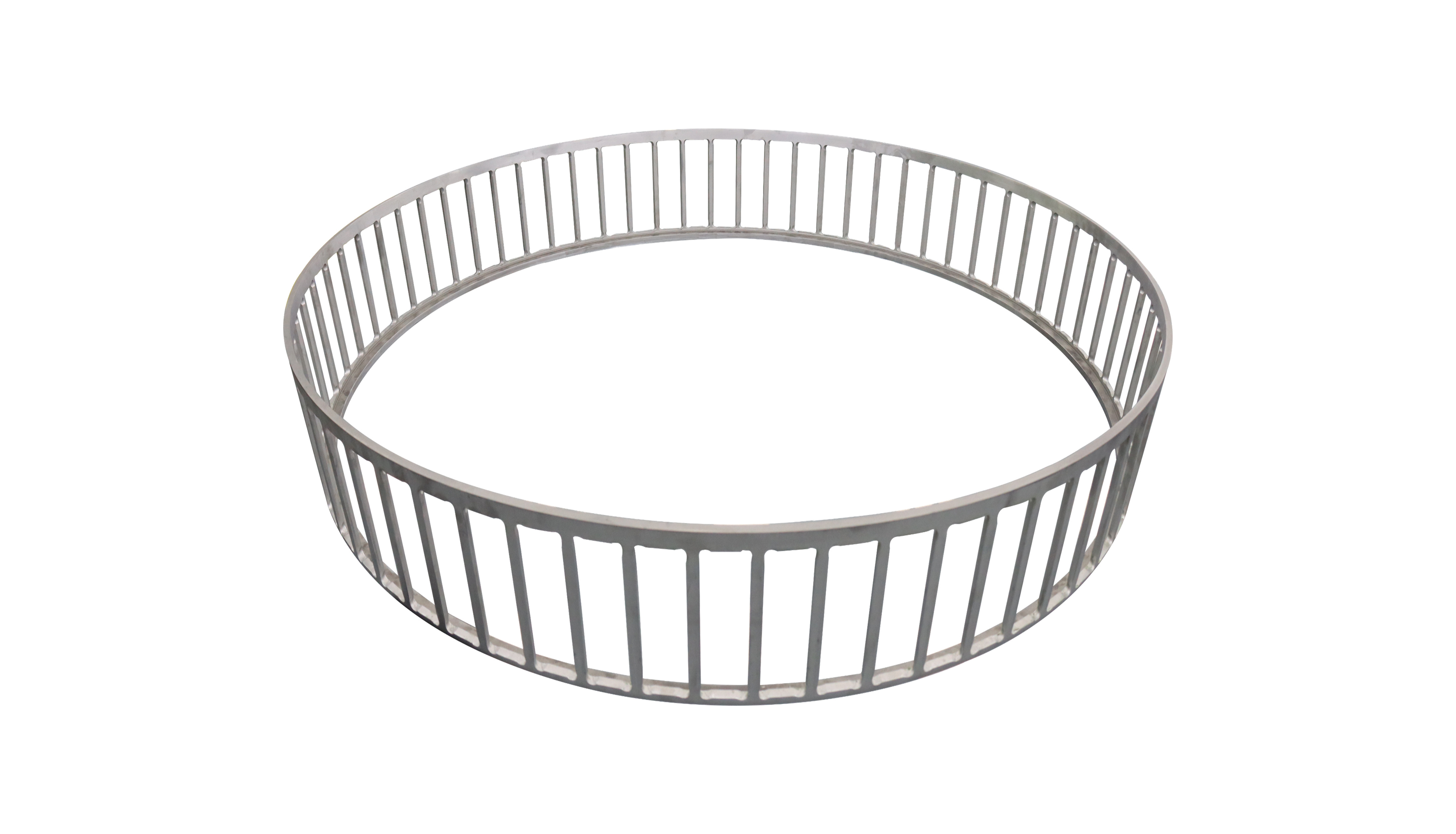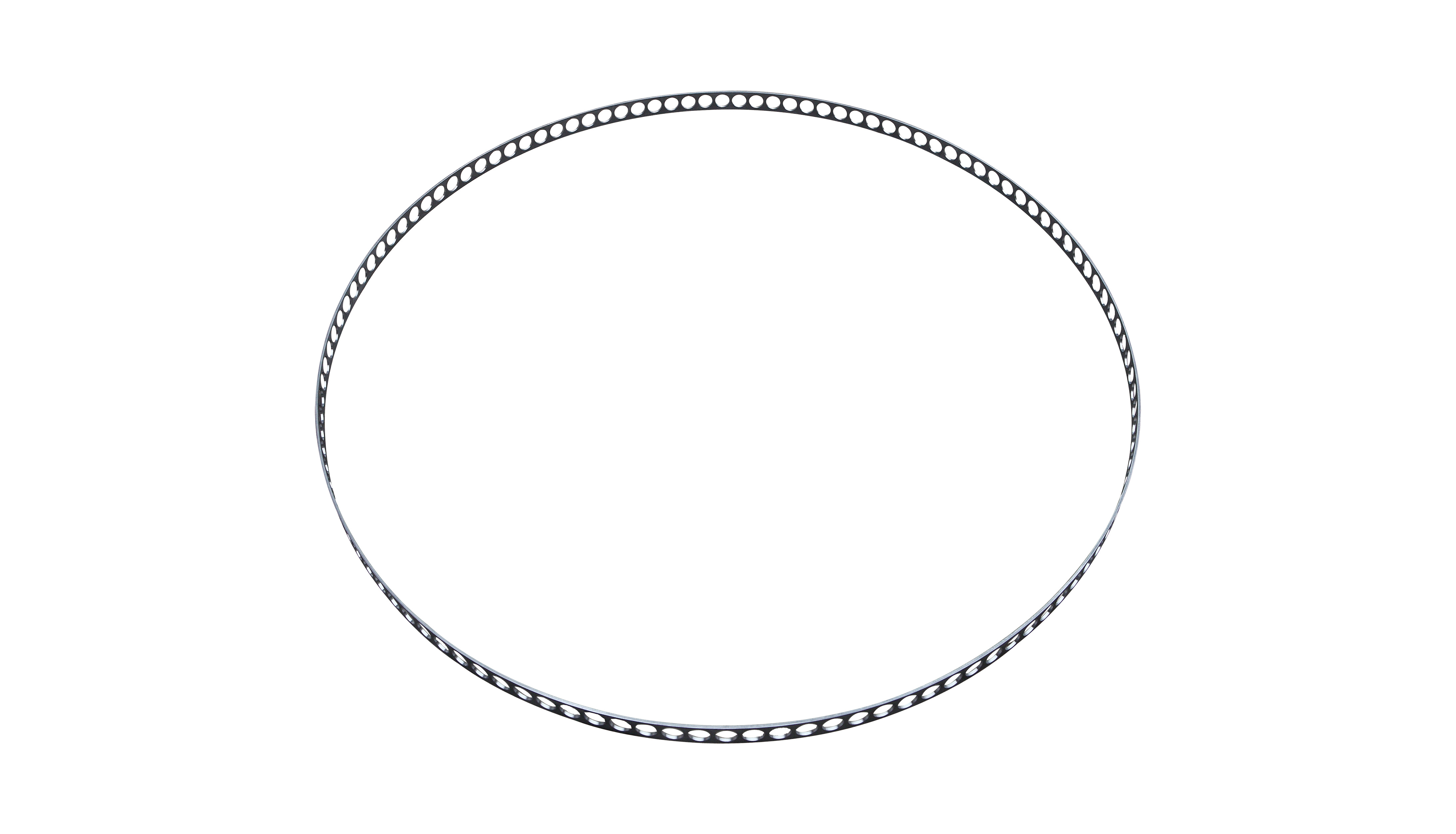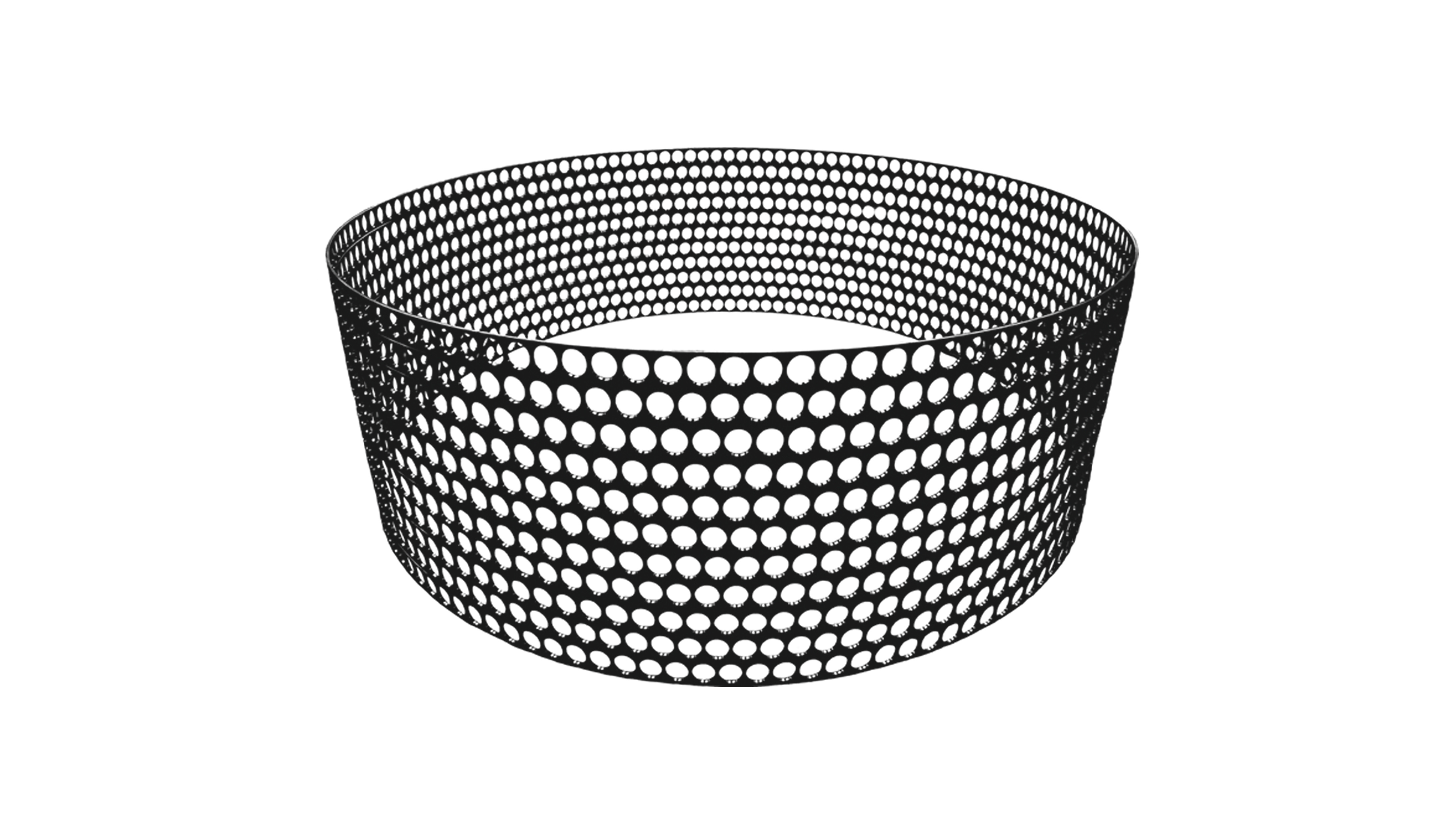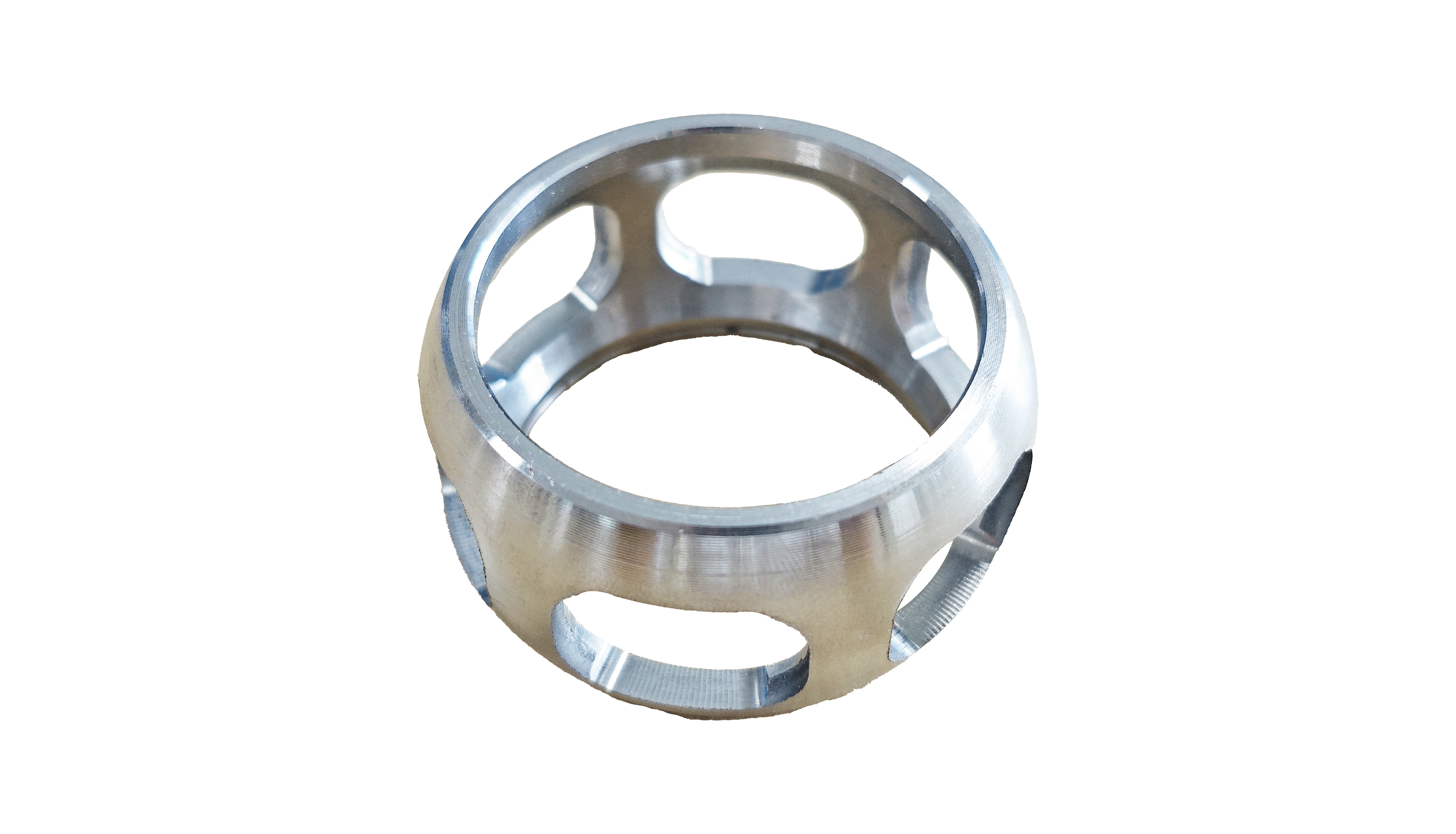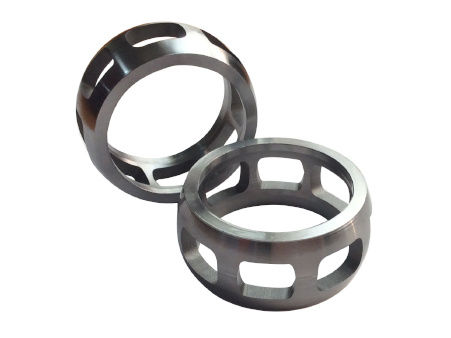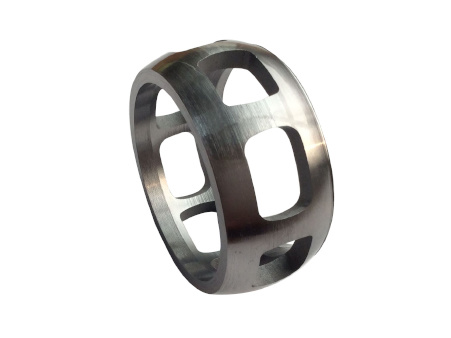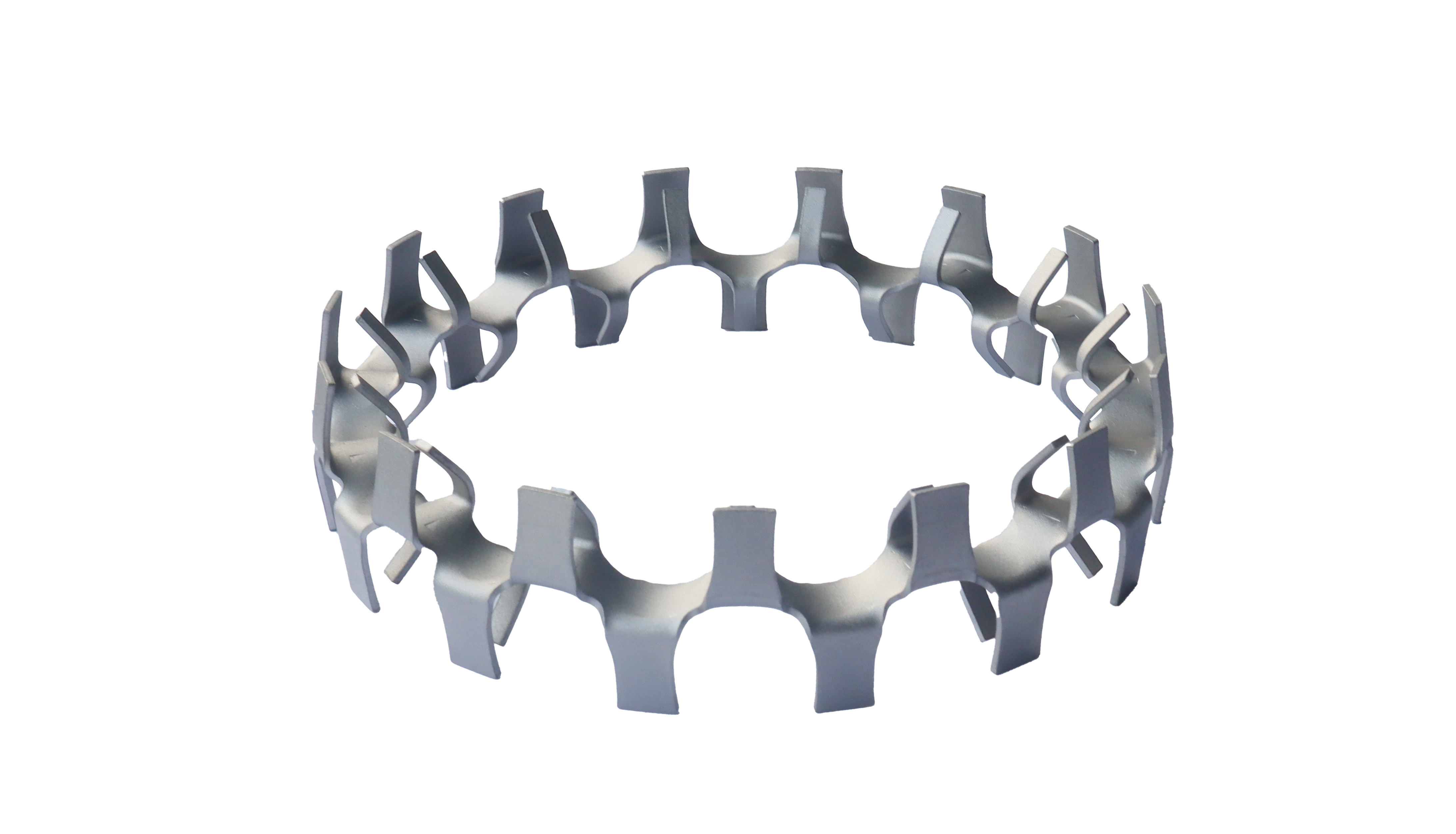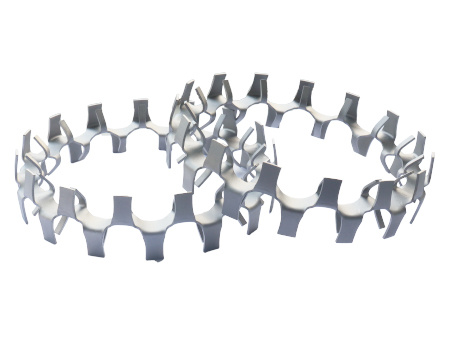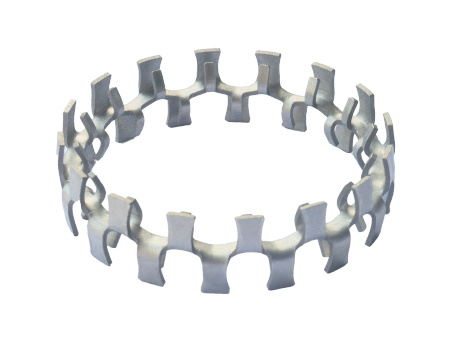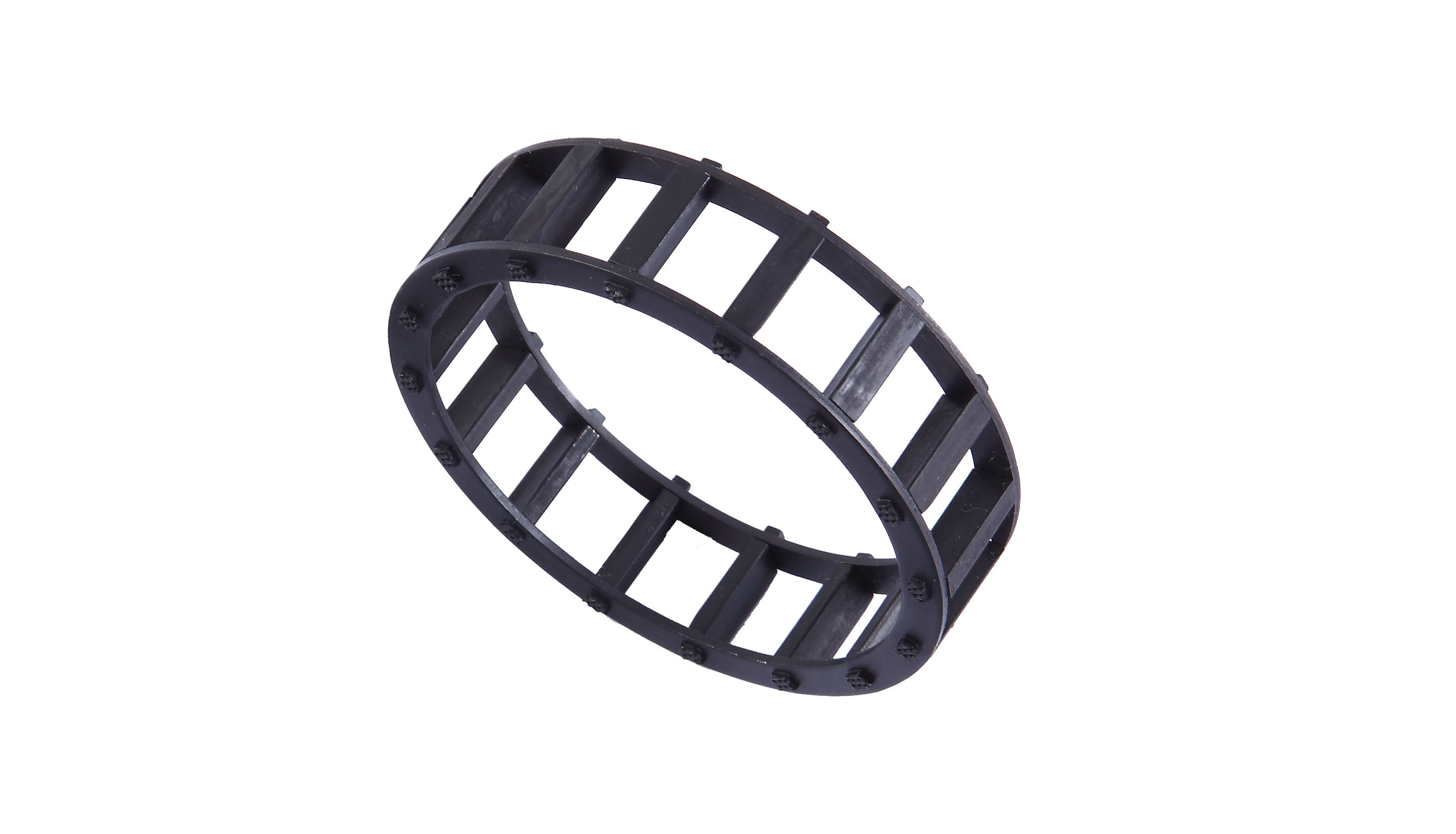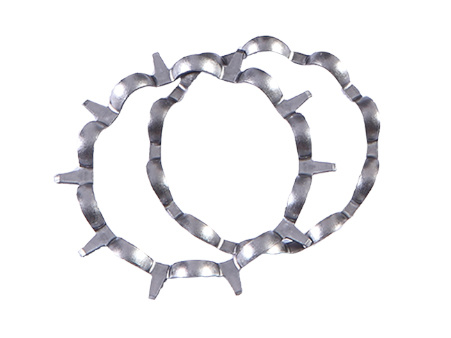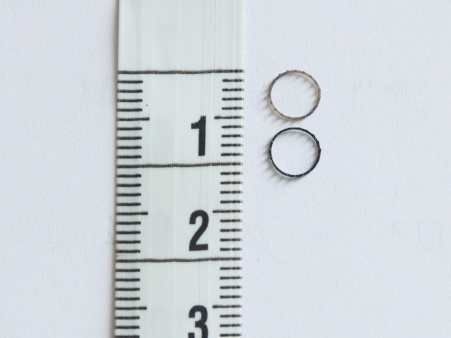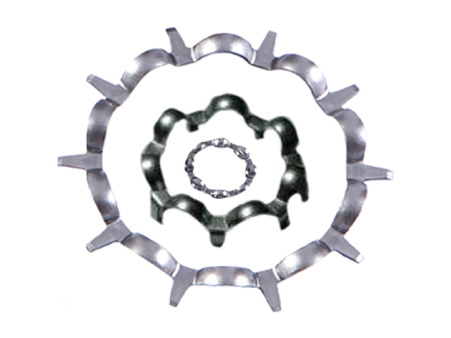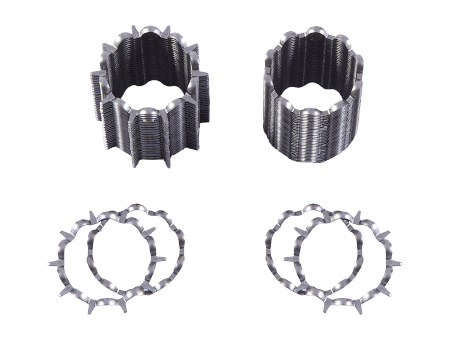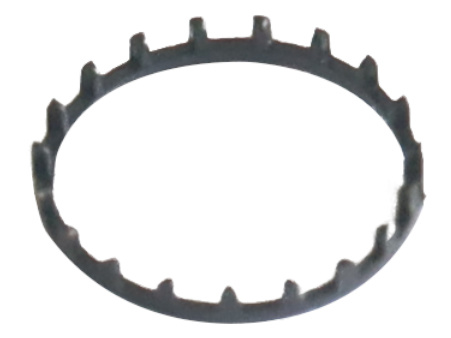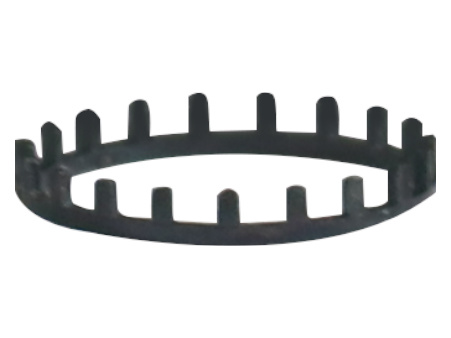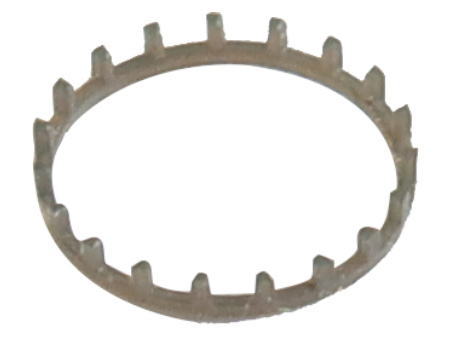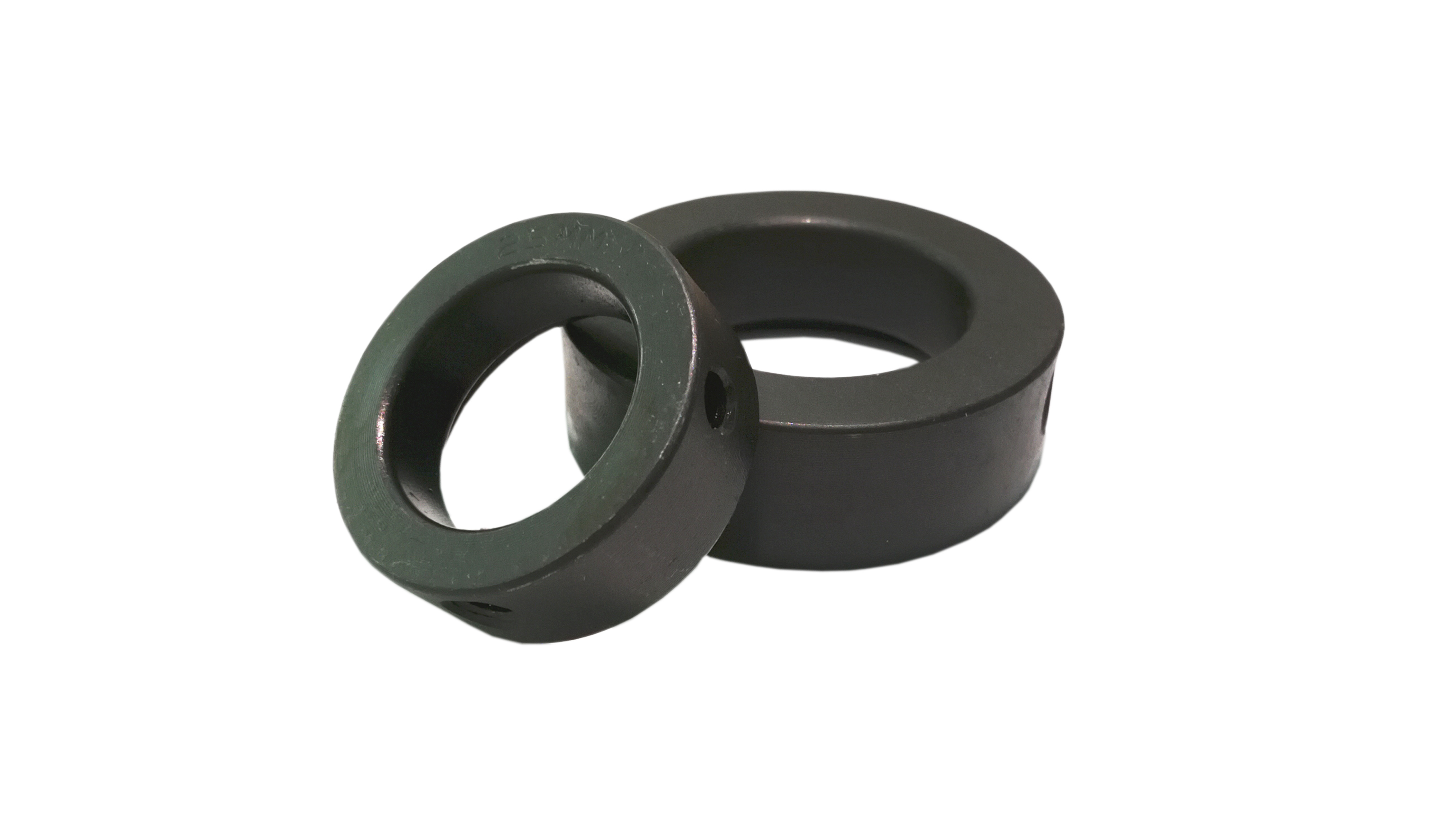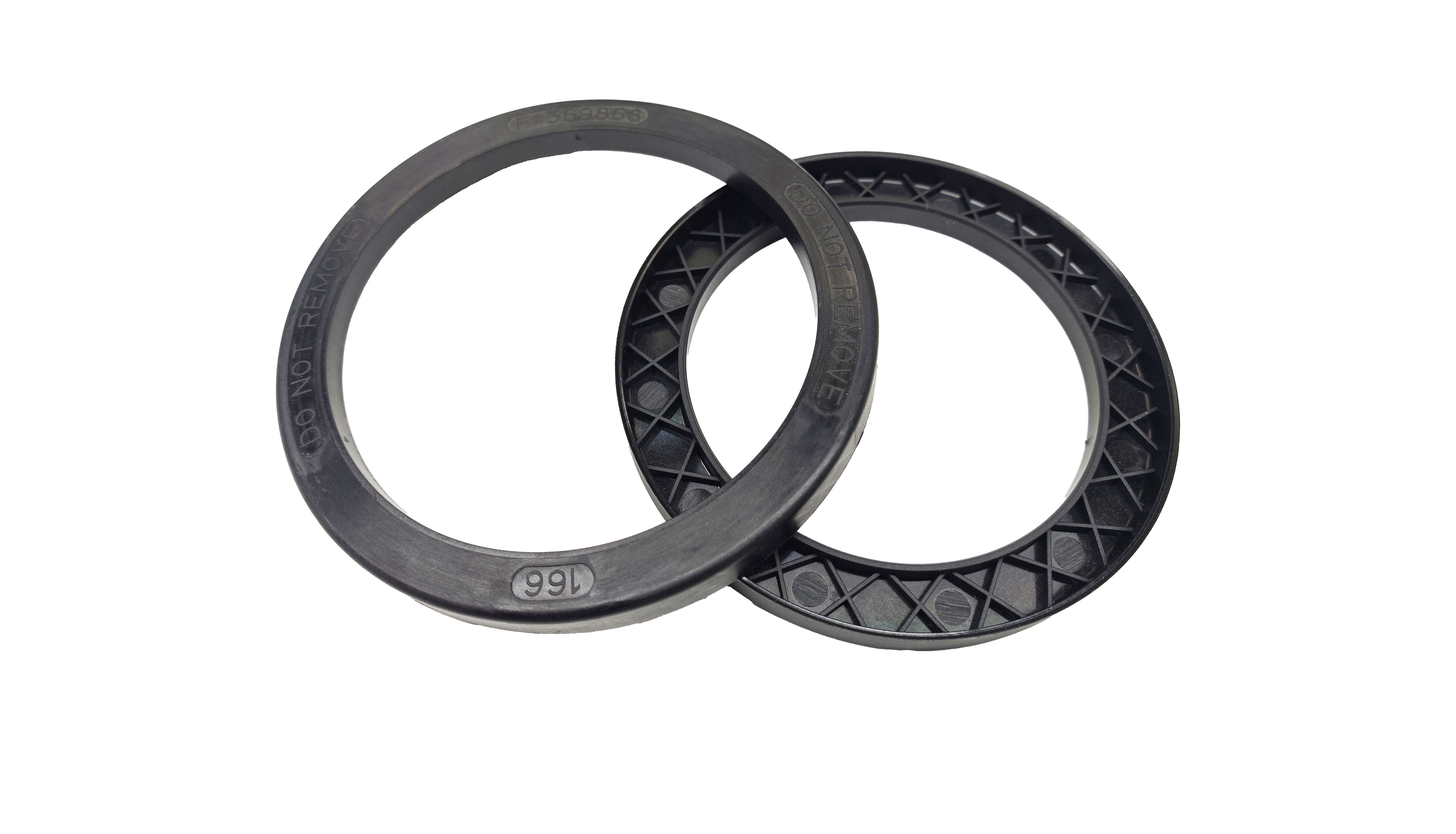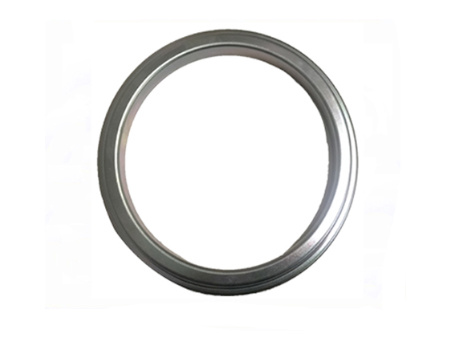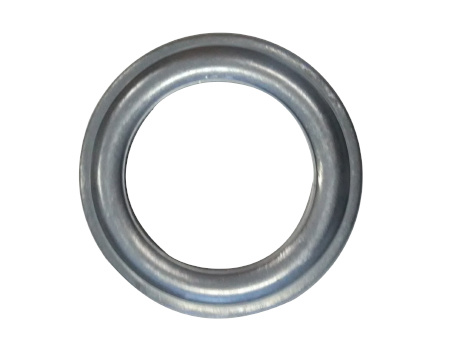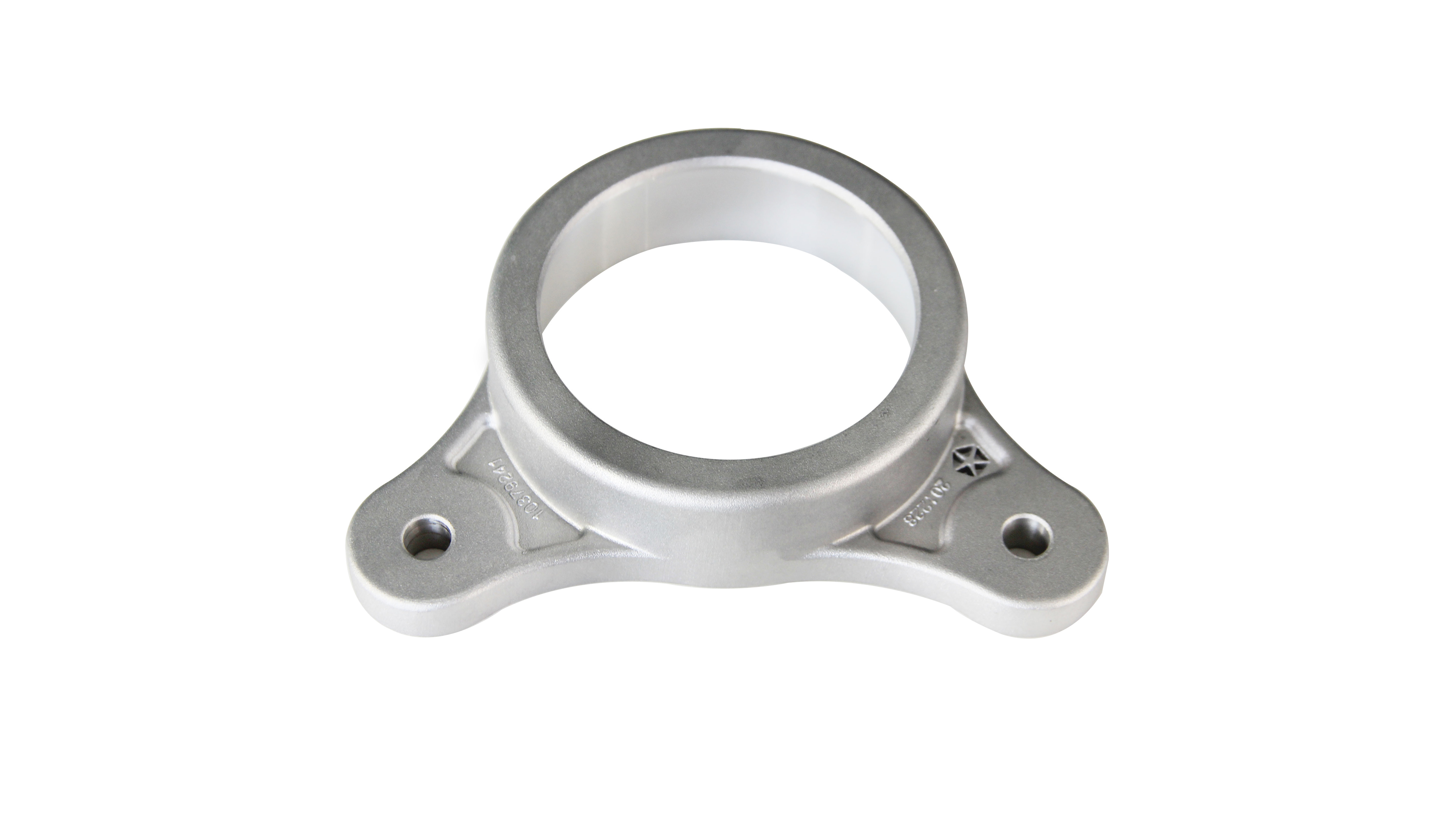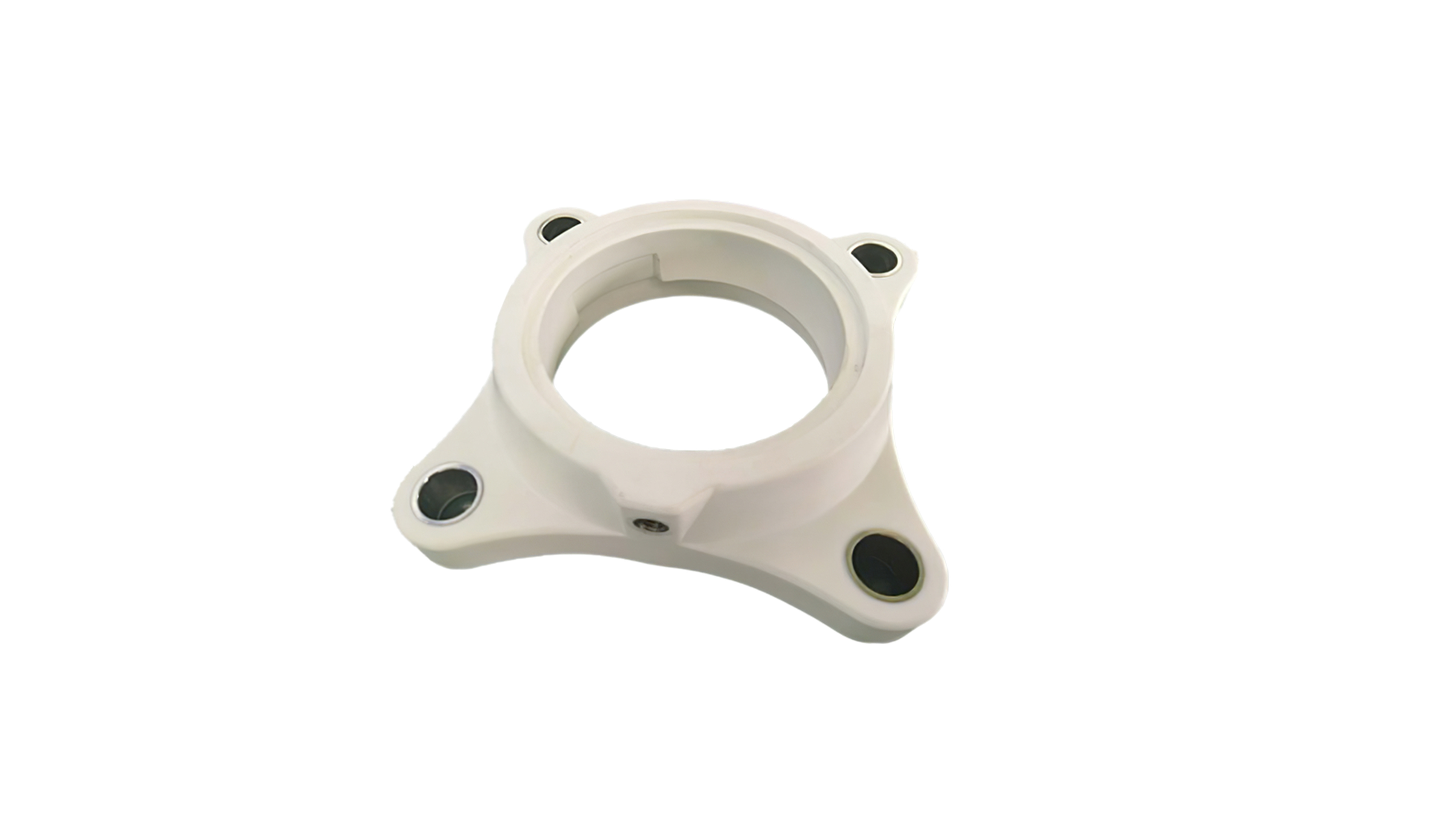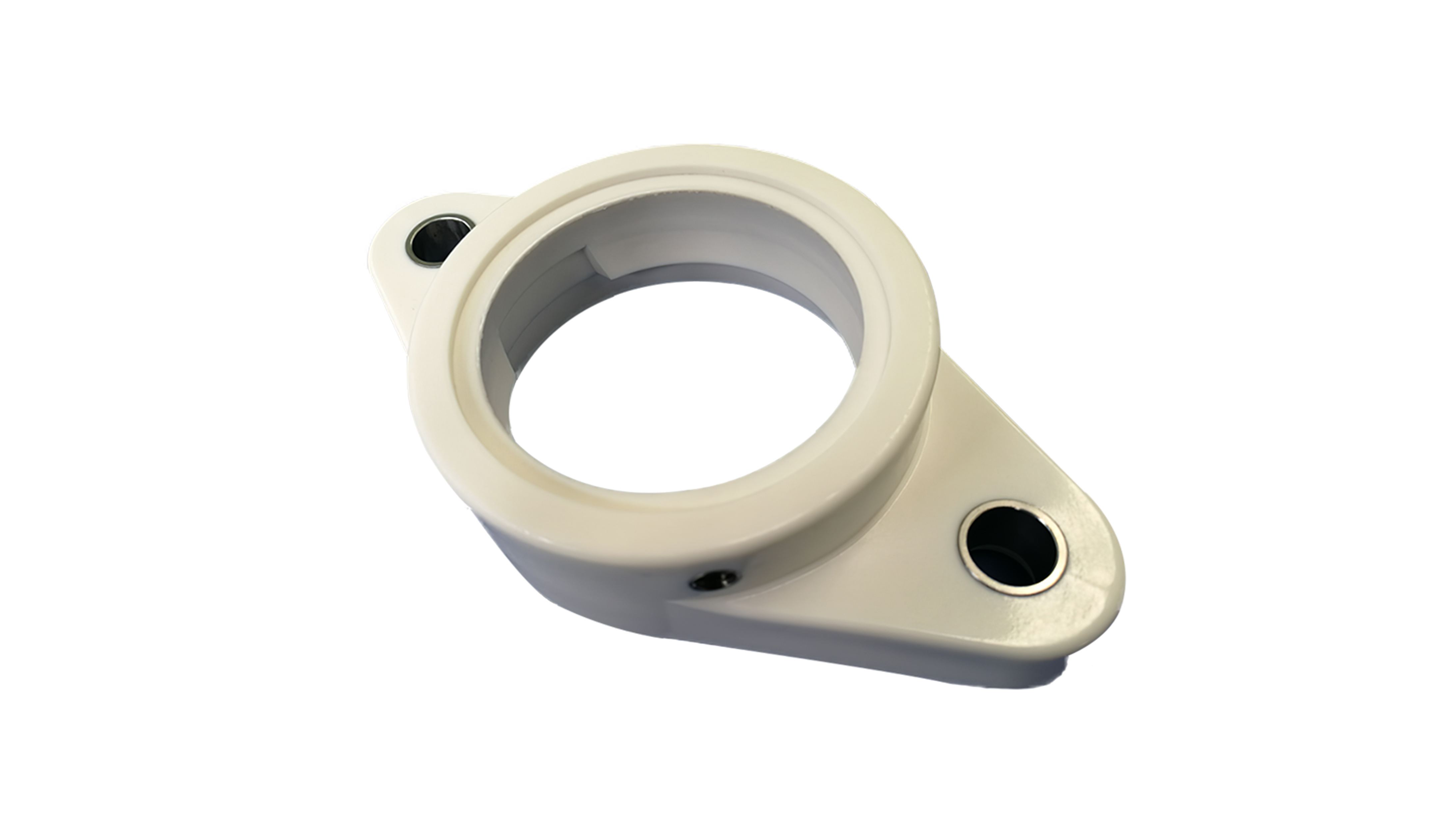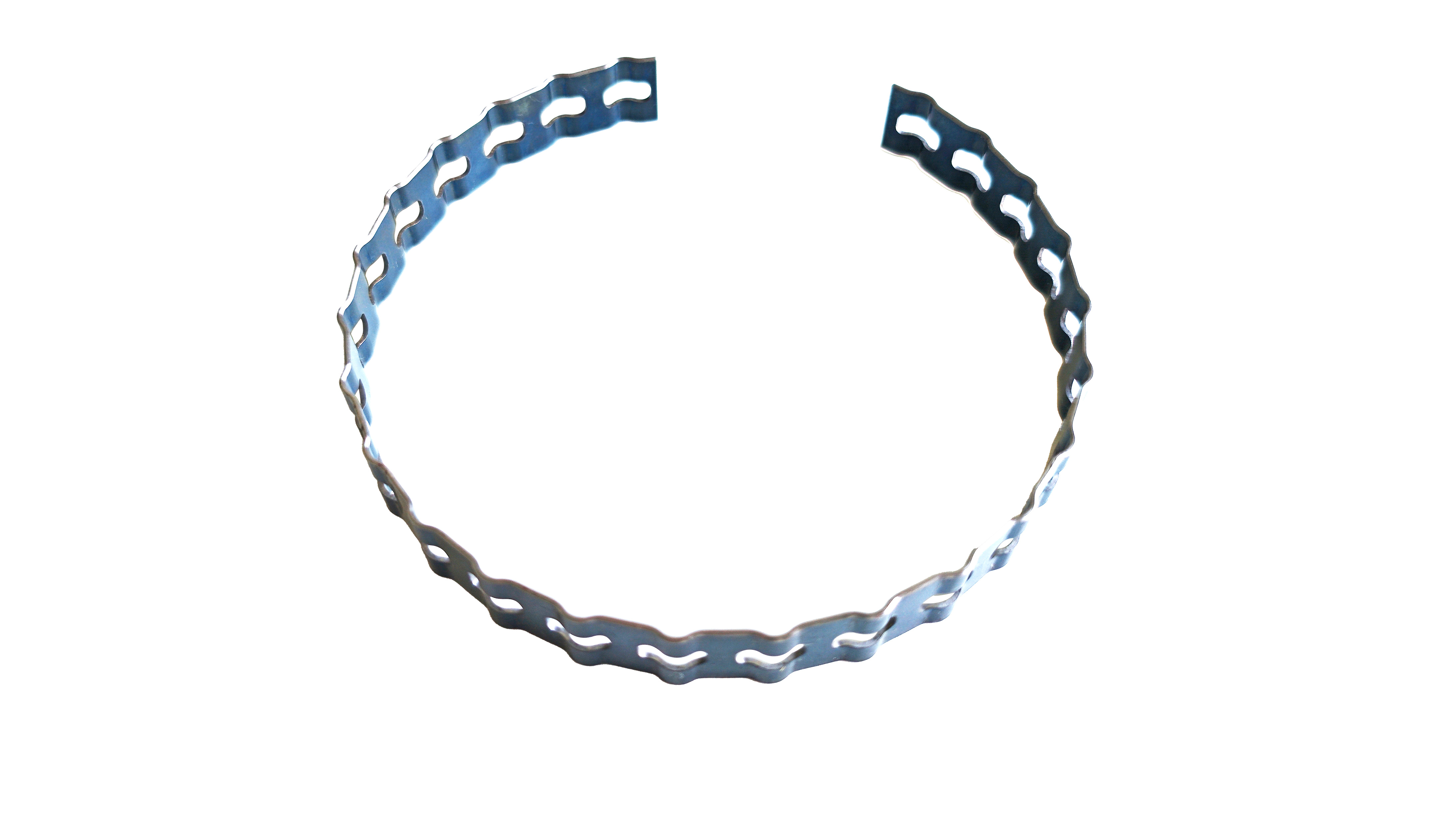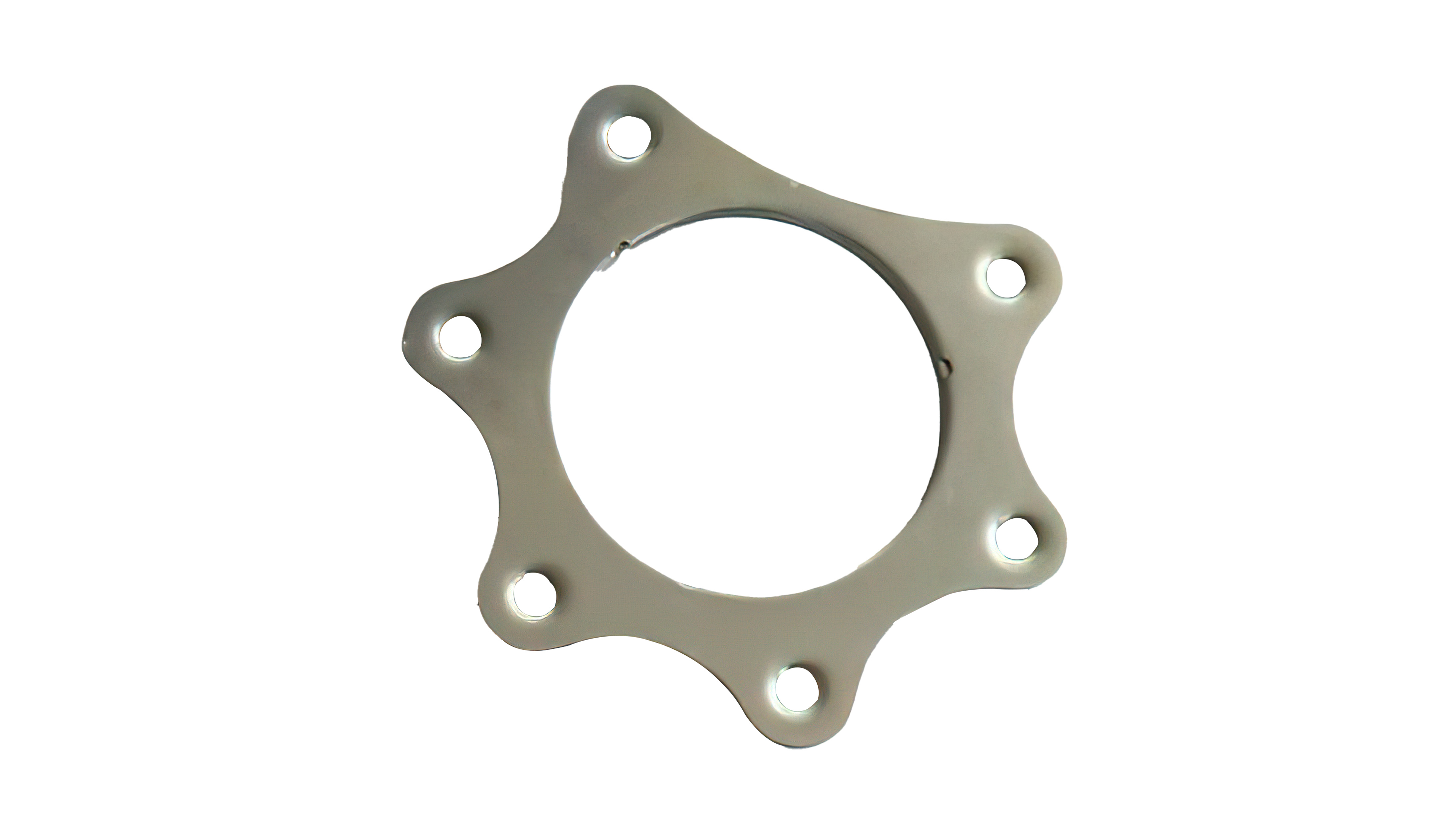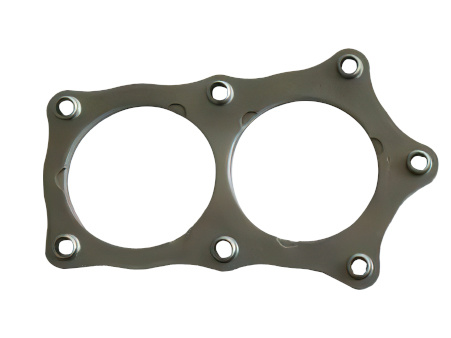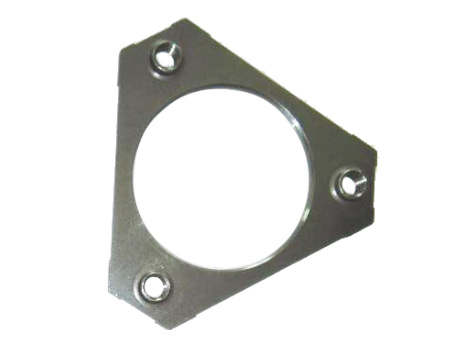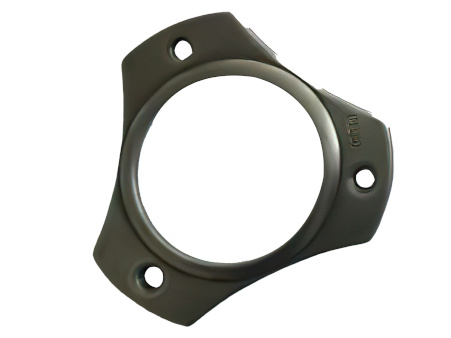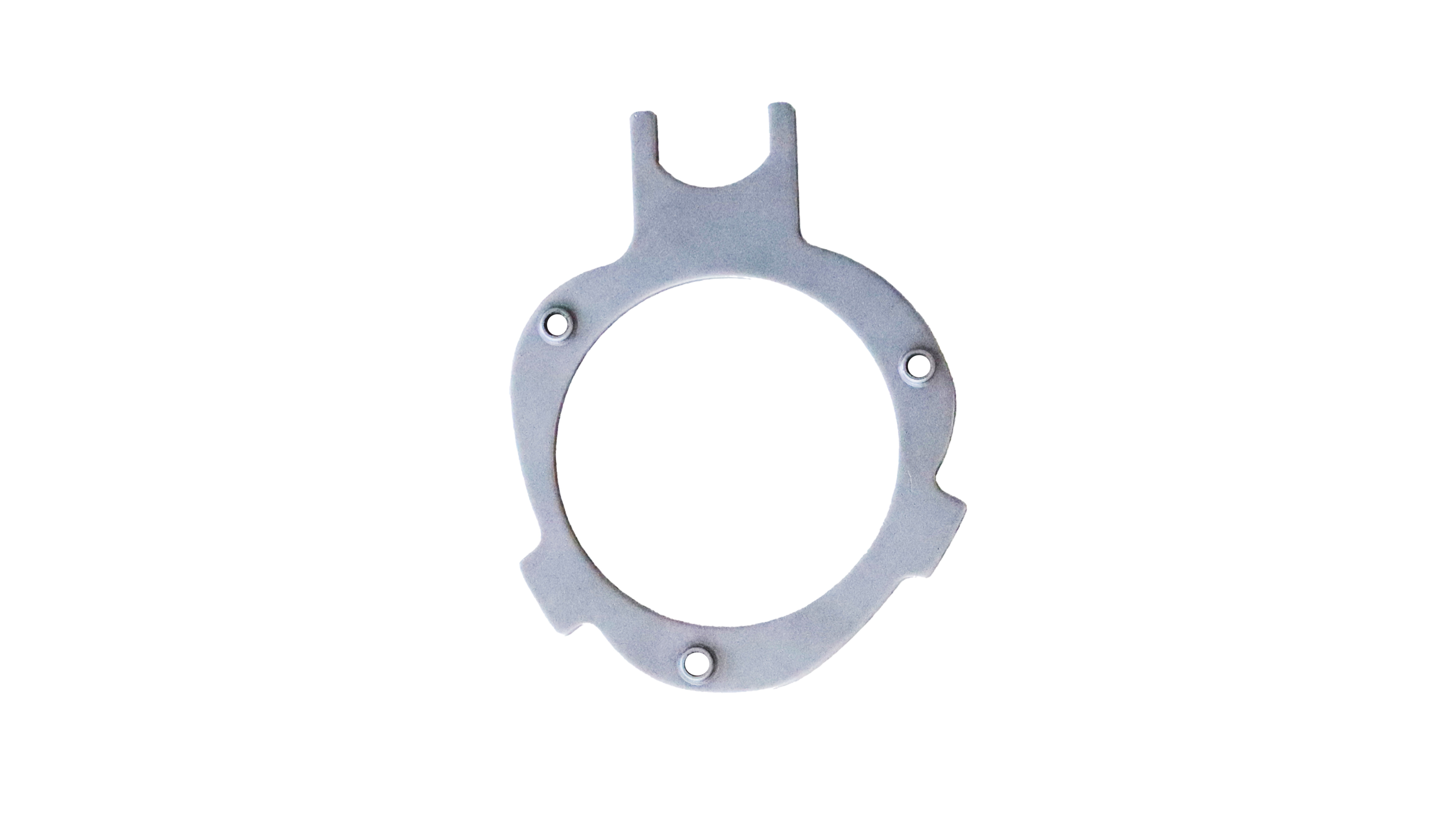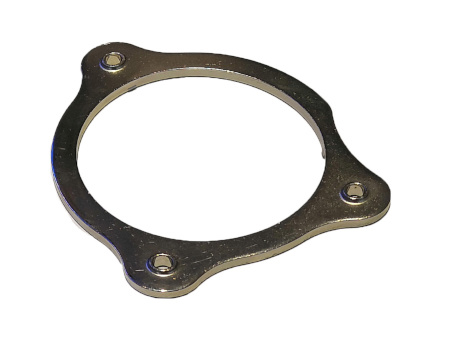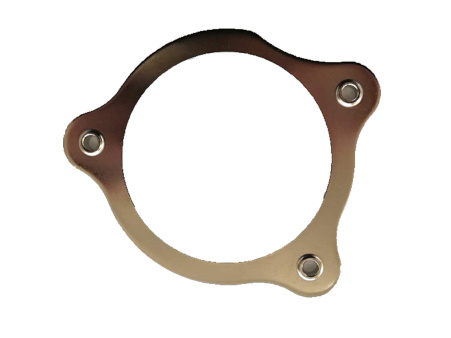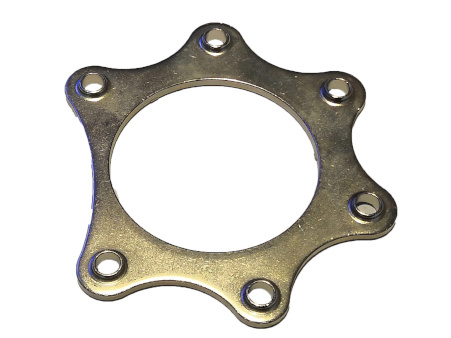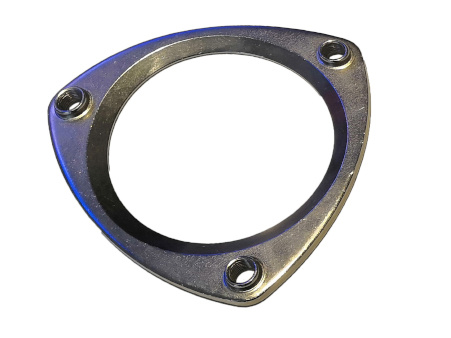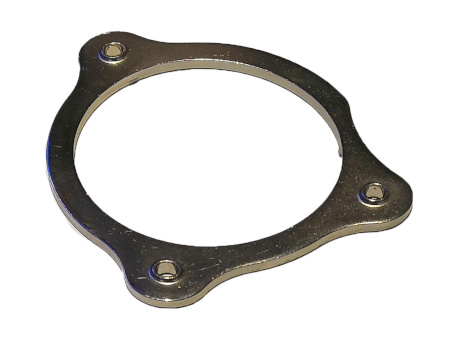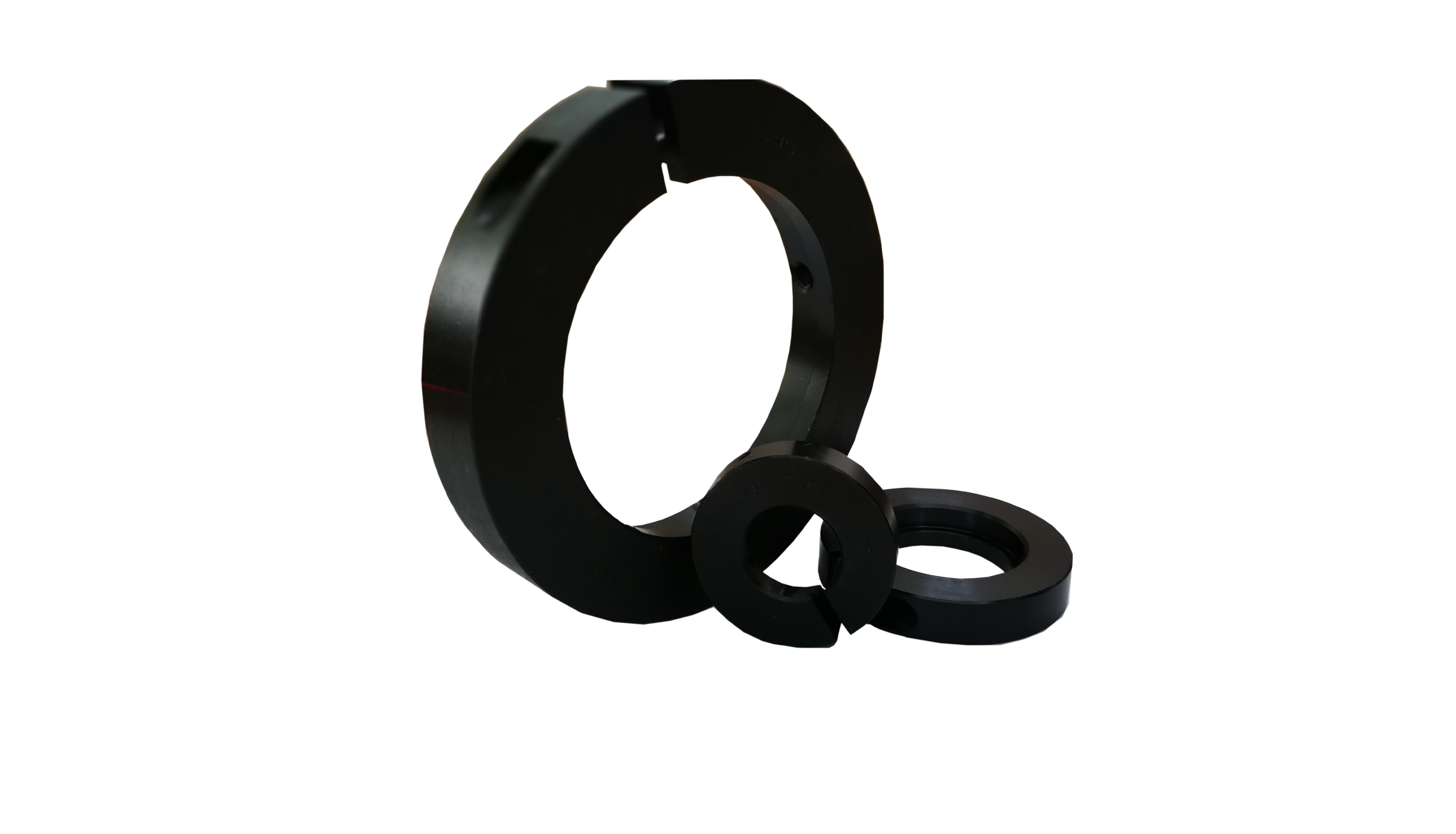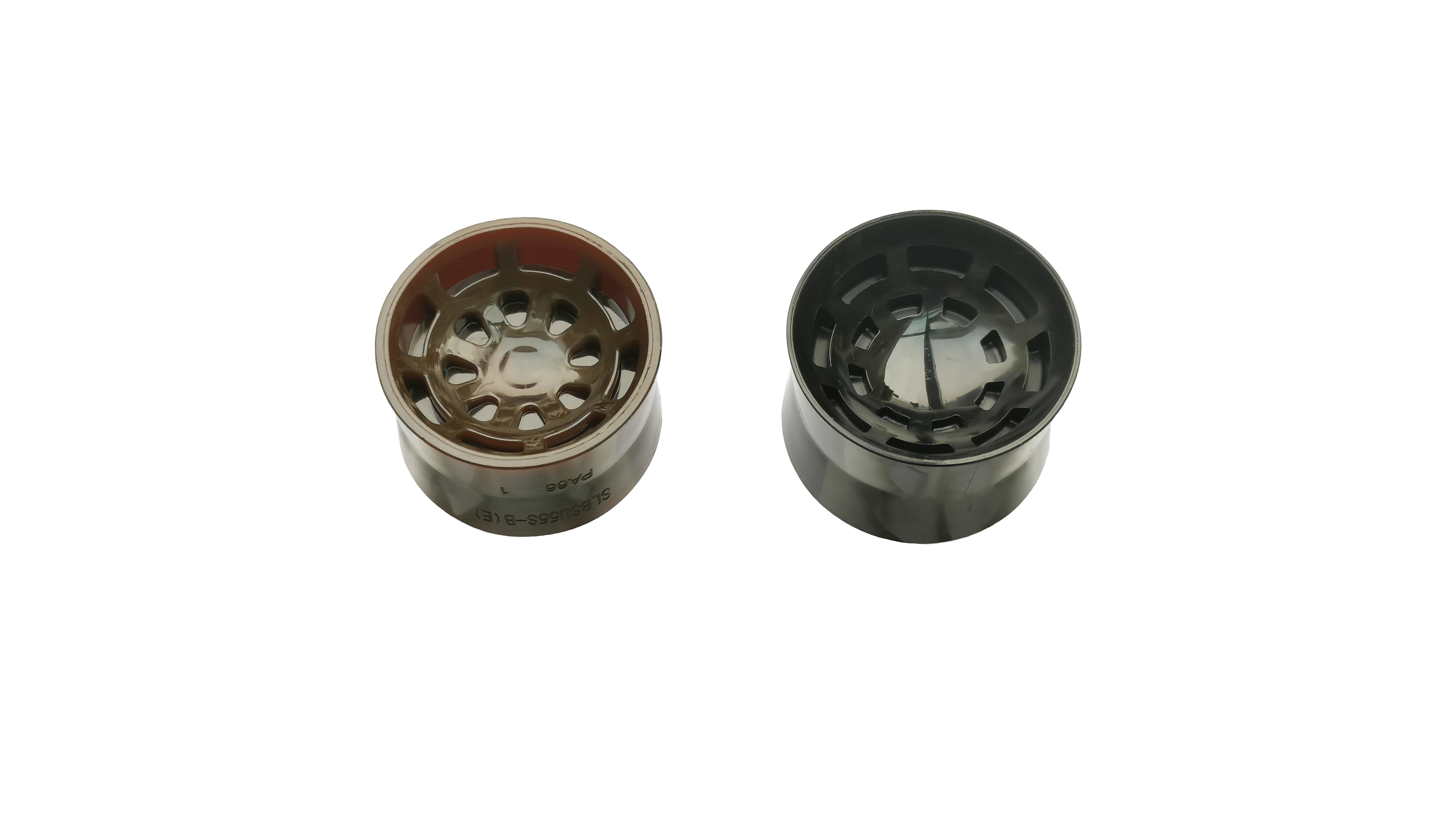The bearing cage manufacturing process covers multiple techniques such as stamping, machining, composite, injection molding, plastic coating, and casting (aluminum casting, copper casting, iron casting), capable of producing micro bearing cages with a diameter as small as 2mm for ultra-small motors, and super large bearing cages with an outer diameter of over 6m for wind turbines.
Bearing cage
Provide customers with a one-stop solution for purchasing bearing cages and related bearing accessories.
Deep groove ball bearing cage
The deep groove ball bearing cage is a key component specifically designed for deep groove ball bearings. It is mainly used to evenly separate the steel balls and guide them to move along the correct trajectory. It can prevent direct contact between rolling elements, reduce friction and wear, and improve the stability and lifespan of the bearing during high-speed operation.
Tapered roller bearing cage
The cone roller bearing cage is used in cone roller bearings to guide the rollers and maintain an even distribution, ensuring stable operation of the bearing under combined radial and axial loads. It has high-temperature resistance and fatigue resistance, and is widely used in fields such as automotive hubs, gearboxes, and construction machinery.
Cylindrical roller bearing cage
The cage of cylindrical roller bearings is an important part of cylindrical roller bearings, responsible for stabilizing and guiding the rollers for even distribution, suitable for high radial loads and heavy industrial applications. The cage is usually made of steel, brass, or engineering plastics, featuring impact resistance, high stability, and low friction, commonly used in applications that require high load-bearing, such as machine tool spindles, heavy machinery, and wind turbines.
Heart-adjusting roller bearing cage
The spherical roller bearing cage is specially designed for spherical roller bearings. Its structure can automatically adjust the position of the rollers to accommodate bearing eccentricity or shaft deformation. The cage is often made of brass, steel, or engineering plastics, featuring the ability to withstand heavy loads and reduce friction. It is commonly used in heavy-duty conditions such as papermaking machinery, mining equipment, and vibrating screens.
Angular contact ball bearing cage
The angular contact ball bearing cage, with its unique design structure, can simultaneously withstand radial and axial forces, improving the bearing's load capacity and stability; it is usually made of high-strength, wear-resistant quality materials, suitable for high-load and high-speed working environments; at the same time, some cages made of non-metallic materials also have good sliding and self-lubricating properties, which help reduce friction and wear; in addition, its diverse materials and manufacturing processes allow the cage to adapt to various special working conditions; most importantly, by fixing and guiding the steel balls, it optimizes load distribution, further enhancing the performance and lifespan of the bearing.
Cage for needle bearings
The cage of the needle bearing is used to guide the uniform distribution of needles in the needle bearing, ensuring smooth operation. The cage is usually made of stamped steel or engineering plastics, featuring lightweight, high precision, and low friction characteristics, making it suitable for use in confined spaces. It is widely used in fields such as automotive transmissions, engines, and aerospace.
Injection molded bearing cage
The injection molded bearing cage is a bearing component made of high-strength, high-elasticity, and aging-resistant nylon material, used to isolate and guide rolling elements. It has advantages such as lightweight, low noise, extended bearing life, simple manufacturing, easy assembly and disassembly, environmental friendliness, and flexible design, and is widely used in fields such as motors, machine tools, and compressors.
Wind power bearing cage
The bearing cages used in wind power generation are crucial components of the bearing structure. They are usually made of high-strength steel or aluminum alloy, featuring strong load-bearing capacity, stable structure, and corrosion resistance. These cages are used to secure wind turbine bearings, ensuring stable operation in high-altitude environments, reducing bearing wear, lowering noise, improving turbine safety and power generation efficiency, while also reducing maintenance costs. In different types of bearings for wind turbines, such as main shaft bearings and pitch bearings, the cages play a key role in isolating and guiding rolling elements and optimizing load distribution.
Ball cage bearing retainer
The ball cage bearing retainer is mainly used in ball cage bearings, evenly spacing the steel balls to ensure smooth operation along complex motion trajectories. The retainer is usually made of high-strength plastic or brass, featuring good flexibility, impact resistance, and corrosion resistance, and is widely used in automotive transmission systems, universal joints, and mechanical joints.
Sunflower-shaped bearing cage
The sunflower-shaped bearing cage is named for its unique sunflower design, specifically designed for high-load, high-speed bearings, capable of optimizing heat dissipation and improving bearing operational stability. The cage is usually made of high-strength alloys or engineering plastics, suitable for high temperatures, high speeds, and extreme conditions, commonly used in aerospace, precision instruments, and high-performance machinery.
E-type bearing cage
The E-type bearing cage adopts the latest international design, using symmetrical spherical rollers and two stamped cages made of hardened steel. The inner ring has no edge and is equipped with a central ring guided by the cage. This design not only helps guide the rollers in the non-load area but also assists the rollers in entering the load area, significantly increasing the rated load, typically by 20% to 35%. Its structure is complex but performance is superior, widely used in applications that require resistance to multi-directional forces, high speeds, and large load capacities.
Micro bearing cage
The micro bearing cage is specially designed for micro bearings, featuring a compact and lightweight structure. It is made from high-precision materials to ensure stable operation even in small spaces. Advantages include: lightweight, which helps reduce the overall mass and inertia of the bearing; high precision, ensuring the rotational accuracy and stability of the bearing; good wear resistance, extending the service life of the bearing; flexible design, adaptable to the specific needs of various micro bearings.
Bearing accessories
Provide customers with a one-stop solution for purchasing bearing cages and related bearing accessories.
Eccentric sleeve
The eccentric sleeve is a precision mechanical component, mainly used in bearing systems, which adjusts and optimizes the operation performance of bearings through its unique eccentric design. It is usually installed inside the bearing housing or as part of the bearing, aimed at solving problems such as vibration, noise, and early failure caused by excessive eccentricity.
Dust cover
The bearing dust cover, as a key bearing protection accessory, is usually made of thin metal sheets that are stamped to form a ring-shaped structure. It is fixed to one of the bearing's rings or washers and extends towards the other ring or washer without making contact, thereby covering the internal space of the bearing to prevent external contaminants from entering. Bearing dust covers are divided into removable and non-removable types, which are selected based on specific application scenarios and needs.
Bearing seat
The bearing housing is an important mechanical component that supports the bearing, usually made of cast iron, cast steel, aluminum alloy, or injection molded materials, with sufficient strength and rigidity to bear the weight and load of the bearing and transmission components. It is internally designed with a bearing chamber that closely fits the outer ring of the bearing, ensuring that the bearing can be installed and operate stably. The bearing housing is often equipped with sealing devices to prevent lubricant leakage and contamination.
Snap ring
A snap ring, also known as a retaining ring, circlip, or spring clip, is a small yet crucial mechanical fastener. It is typically made from high-quality spring steel or stainless steel, offering excellent elasticity and toughness. The design of the snap ring allows it to be securely installed in the shaft grooves or hole slots of machines and equipment, primarily used to prevent axial movement of parts on the shaft or in the hole, ensuring the stability and safety of mechanical components.
Bearing pressure plate
The bearing pressure plate, as a crucial component in the bearing system, is mainly used to fix and support the bearing. It is precisely processed from metal materials such as steel and copper, and firmly secures the bearing in the corresponding position of the machinery through pressure. The presence of the bearing pressure plate ensures that the bearing does not loosen or vibrate during high-speed operation or when bearing external loads, thus ensuring the stable operation of the machinery.
Bearing baffle
The bearing shield, as a key bearing accessory, is mainly used to be installed on the periphery of the bearing assembly, serving to block oil and impurities from entering the interior of the bearing. It is usually made of metal or non-metal materials, designed precisely to ensure a close fit with the bearing assembly. The presence of the bearing shield is of great significance for protecting the bearing from contamination and wear, and for maintaining the stable operation of the equipment.
Locking sleeve
The locking sleeve is an essential component in the bearing system, mainly used to fix the position of the bearing or bearing seat, ensuring that the bearing remains stable during high-speed operation. It typically consists of an inner ring, outer ring, and locking nut, which clamp the bearing in place through locking force, thereby preventing axial movement or rotation of the bearing.
Wind power isolation block
A key component formed using injection molding technology, it is mainly made of high-strength, wear-resistant, and corrosion-resistant plastic materials. It serves to isolate and guide the rolling elements within the bearing, ensuring that the rolling elements can operate smoothly and orderly, while reducing friction and collisions, thereby minimizing energy loss and noise. The injection-molded isolation block, with its unique structural design and excellent performance, provides strong support for the smooth operation and long-term use of wind power generation bearings.




